World Orchid Conference 2024
by Kay Perry
The 23rd World Orchid Conference (WOC) was originally scheduled to be held in Taichung, Taiwan in March 2020, but due to the COVID-19 pandemic, travel and quarantine restrictions, the event was postponed, and a virtual Conference was held in 2021. However, with the pandemic over and travel restrictions lifted, the 23rd World Orchid Conference was rescheduled for February 2024 in Tainan, Taiwan at the well-located ICC Tainan, which was just a few hundred feet from the super-fast Taiwan High Speed Rail.
Taiwan is the Phalaenopsis capital of the world, renowned for its expertise in production and breeding. Phalaenopsis is a key export, totaling $160MM US dollars in 2021. Therefore, the advent of the World Orchid Conference brought orchid lovers from all over the world to an island filled with the most stunning Phalaenopsis imaginable. Though Taiwan has Phalaenopsis (and other orchids such as Vandas and Dendrobiums) at almost every turn hanging guerilla-style from trees or sitting prosaically in pots, over 1500 orchids were exhibited individually at the Conference for ribbon and medal judging.
Grand Champion: Rhynchostylis Chorchalood ‘Lai’
Photo courtesy of Kay Perry
The Grand Champion of the show was an almost 6 foot tall Rhynchostylis Chorchalood ‘Lai’ (a primary hybrid of Rhy. gigantea and Rhy. retusa). Rhynchostylis Chorchalood ‘Lai’ was also chosen as the Best Specimen.
The Best Species in the show was Trichoglottis subviolacea ‘303’ hanging almost 5 feet long with 1836 flowers.
The Best Hybrid in the show was Phalaenopsis Hwa Yuan Five Star ‘Hwa Yuan Five Star General’ with its 90 flowers and 15 buds forming an umbrella of red and white.
There were beautiful floor displays by erected by both Taiwanese and international groups, including a stunning 100 meter display by the Karat Orchid Society x Damrong Star Club of Thailand which featured water flowing down Vanda orchid trees into large pools that wended their way between fanciful lawns of paphiopedilums, bushes of dendrobiums, and swathes of oncidiums. It is no wonder it was chosen as the Best Display.
Best Species: Trichoglottis subviolacea ‘303’, hanging almost 5 feet long with 1836 flowers
Photo courtesy of Kay Perry
Tucked into the back of the exhibit hall past the gargantuan displays, was a Native Orchid Exhibit showcasing the orchid species in Taiwan. Taiwan could be called the “island of orchids” as 1 in 10 plants species known on the island is an orchid. There are over 400 different orchids found on Taiwan and the island produces many different microclimates, from the cool, humid forests in the mountains to the hot, flat coasts. Orchid seeds from Japan, the Philippines and Southeast Asia have been finding their way to the island via trade winds and typhoons over the millennia and have all contributed to a rich orchid diversity. Some of this diversity can be seen at the Dr. Cecilia Koo Botanic Conservation Center which provided many of the orchids in the Native Orchid Exhibit. The Dr. Cecilia Koo Botanic Conservation Center collects, preserves, breeds and re-introduces to the wild sub-tropical and tropical plant species. It is primarily a private research institution, but allowed a limited number of visitors to tour as part of the World Orchid Conference.
The Conference was also held in conjunction with the 20th Taiwan International Orchid Show, allowing participants to view fanciful usage of orchids as fencing, home furnishings, and glamping accoutrements. The TIOS show was held at a separate venue from the World Orchid Conference with shuttle buses travelling 30 minutes from ICC Tainan to the Taiwan Orchid Technology Park. At TOTP, the Taiwan Orchid Growers Association exhibited Taiwan’s trademark use of Phalaenopsis as landscapes where they masqueraded as trees, bushes, ceilings, and even a massive wall that must have contained over a million Phalaenopsis.
Best Hybrid: Phalaenopsis Hwa Yuan Five Star ‘Hwa Yuan Five Star General’ with 90 flowers and 15 buds
Photo courtesy of Kay Perry
The WOC coincided with the end of Chinese New Year and around the venue for the conference, the National Lantern Festival decorated the grounds with fabulous light shows after the day was done. Dragons were the most common lantern theme, as 2024 is the Year of the Dragon, but there were also orchid lanterns. These lanterns were not static subjects, but moved, twinkled, and even blew smoke. They were coupled with music and lasers that brought Taiwanese from around the island to celebrate the holiday and coincidentally see orchids at the Conference exhibit as well.
Best Display: Awarded to the Karat Orchid Society x Damrong Star Club of Thailand for its magnificent display of trees of Vanda orchids, lawns of Paphiopedilums, bushes of Dendrobiums, and swathes of Oncidiums
Photo courtesy of Kay Perry
This orchid display features a dragon, as 2024 is the Year of the Dragon. Dragons were a common lantern theme at the National Lantern Festival.
Photo courtesy of Kay Perry
The Taiwanese have mastered the Phalaenopsis and the secret to such amazing culture is careful environmental control. Within hours of arrival, international attendees of WOC were asking how to grow such large, fabulous Phalaenopsis. The answer is simple in length, though difficult in execution. The best growers keep their standard Phalaenopsis at 18 C (~64 F) for the first three years, then they only allow the plants to deviate between 18 C (~64 F) and 22 C (~72 F) each day. By forcing the plants to oscillate exactly between 18 C and 22 C, they achieve optimum growth, with maximum retention of leaves, and long inflorescences. Of course, achieving such precise climate control is the hard part. Telling anyone who asks is the easy part.
Check out more photos from my adventures at the World Orchid Conference and the Taiwan International Orchid Show, below.
More Pics from the World Orchid Conference
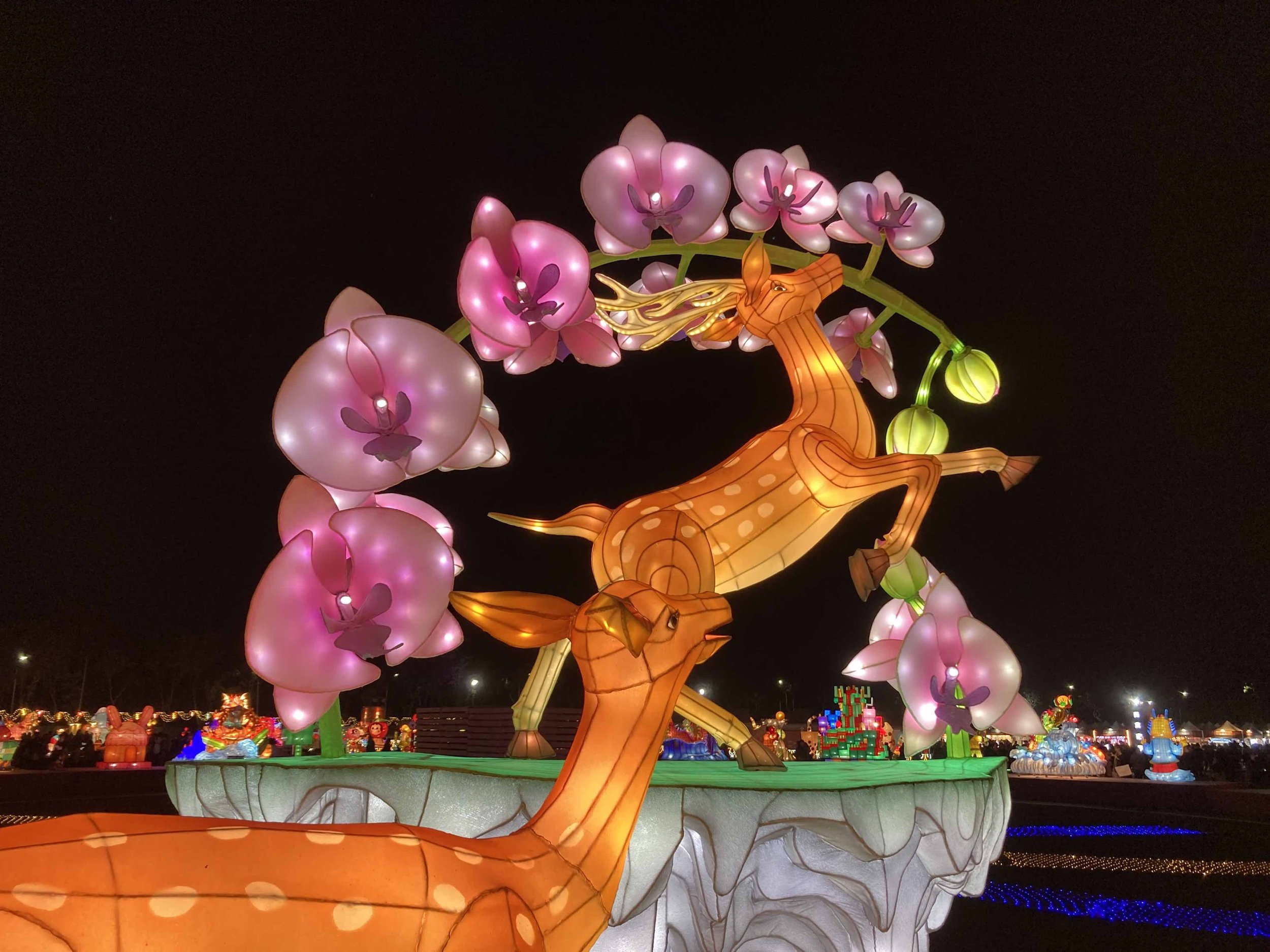
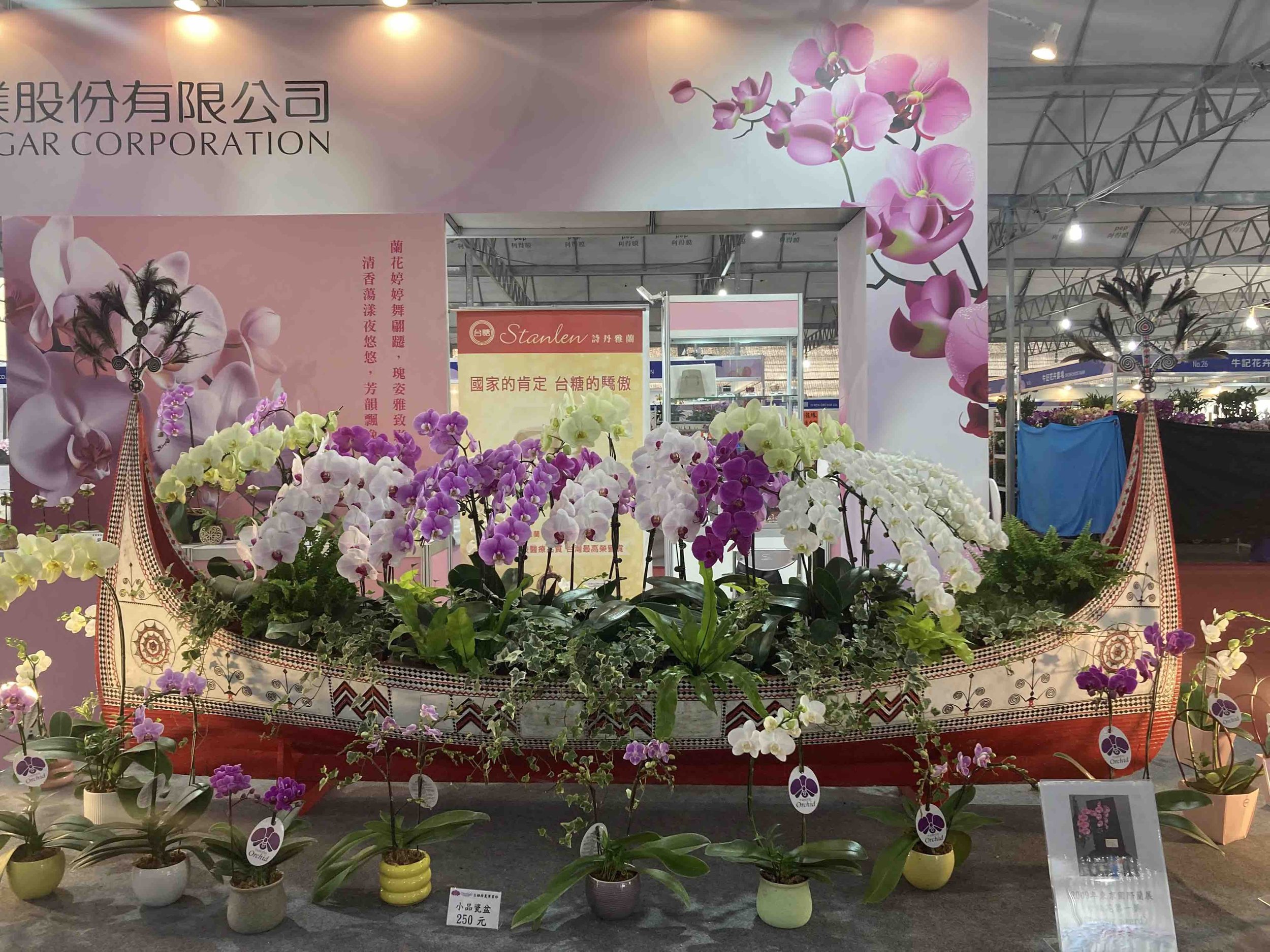
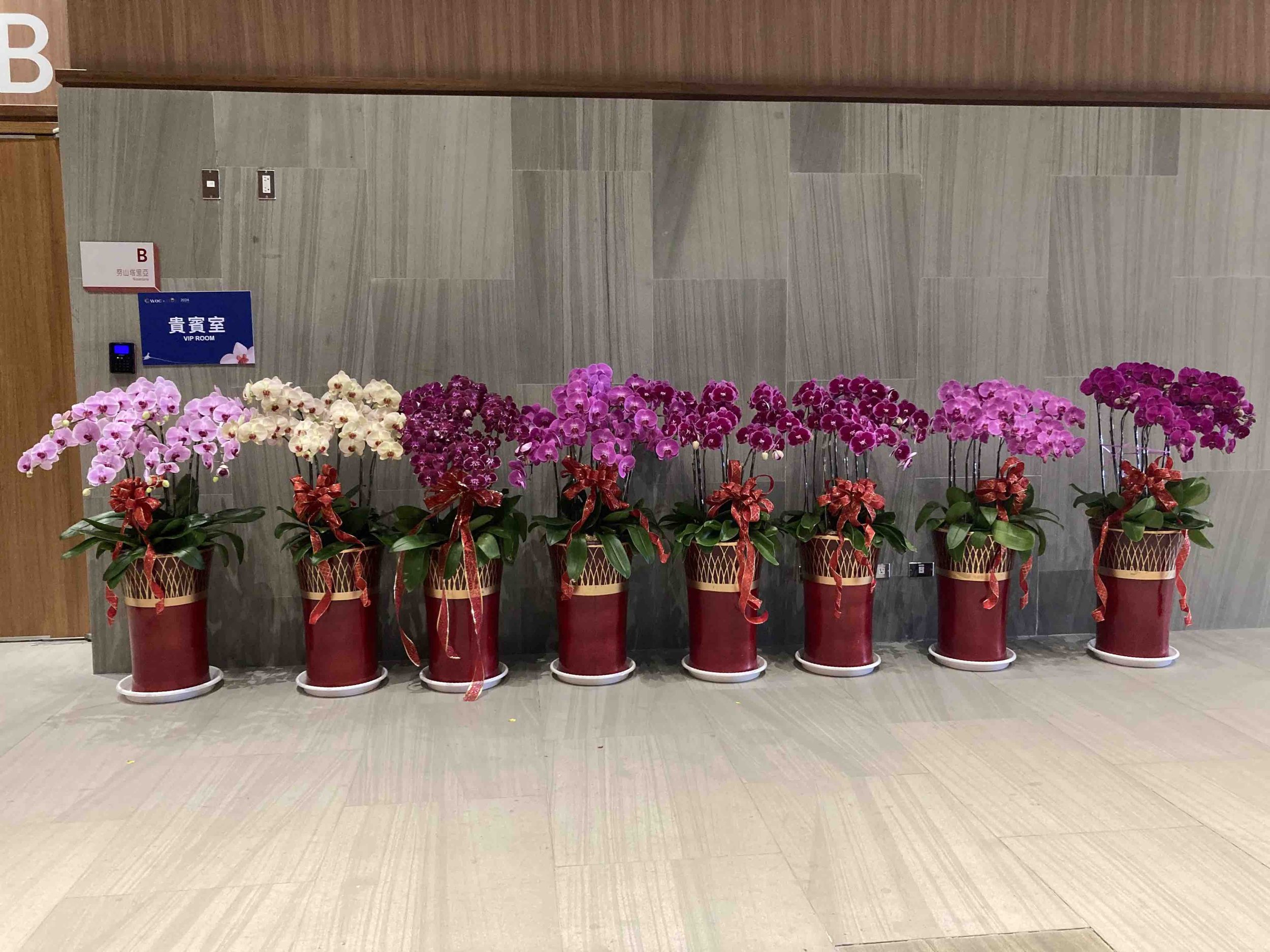

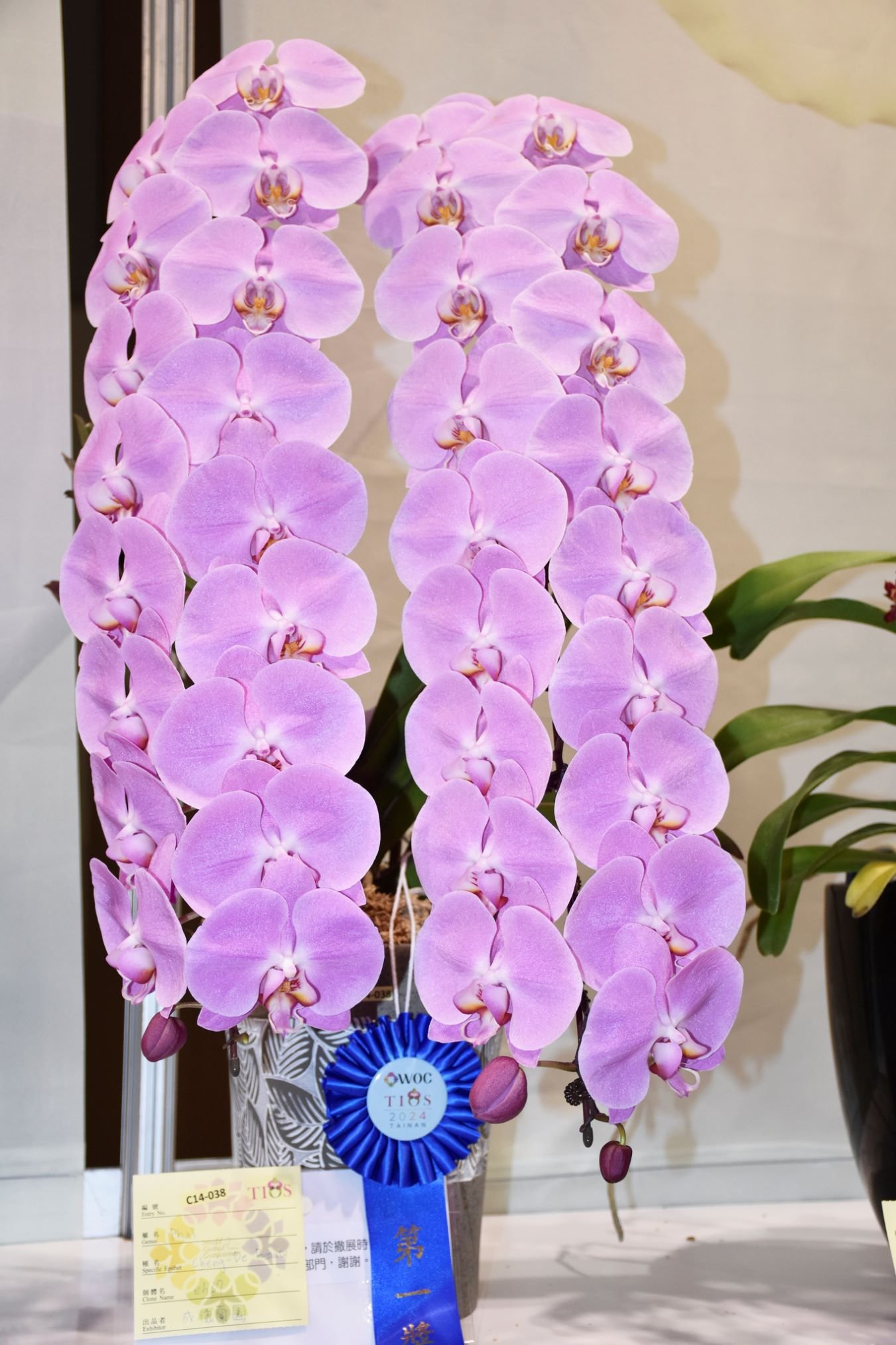
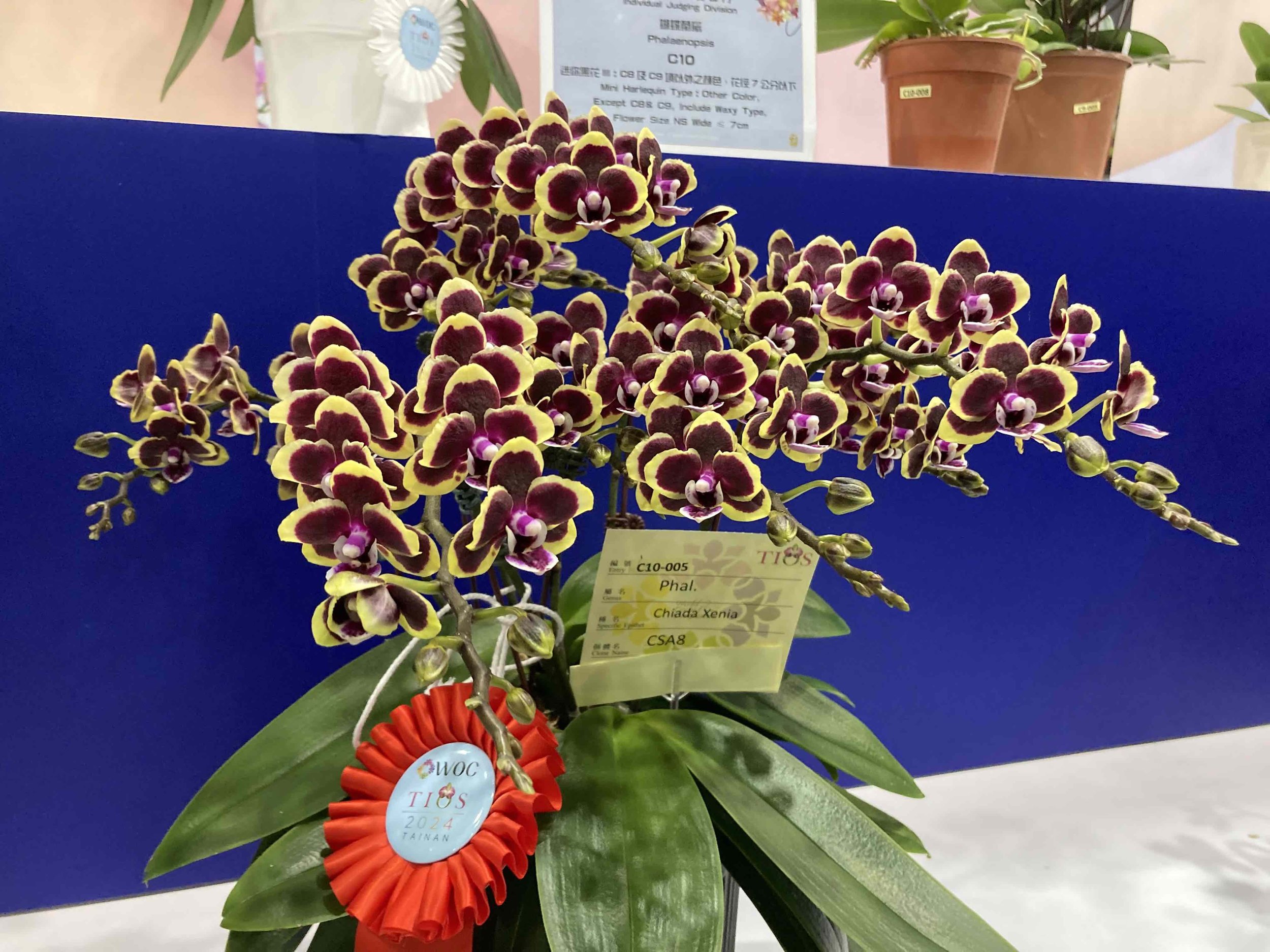
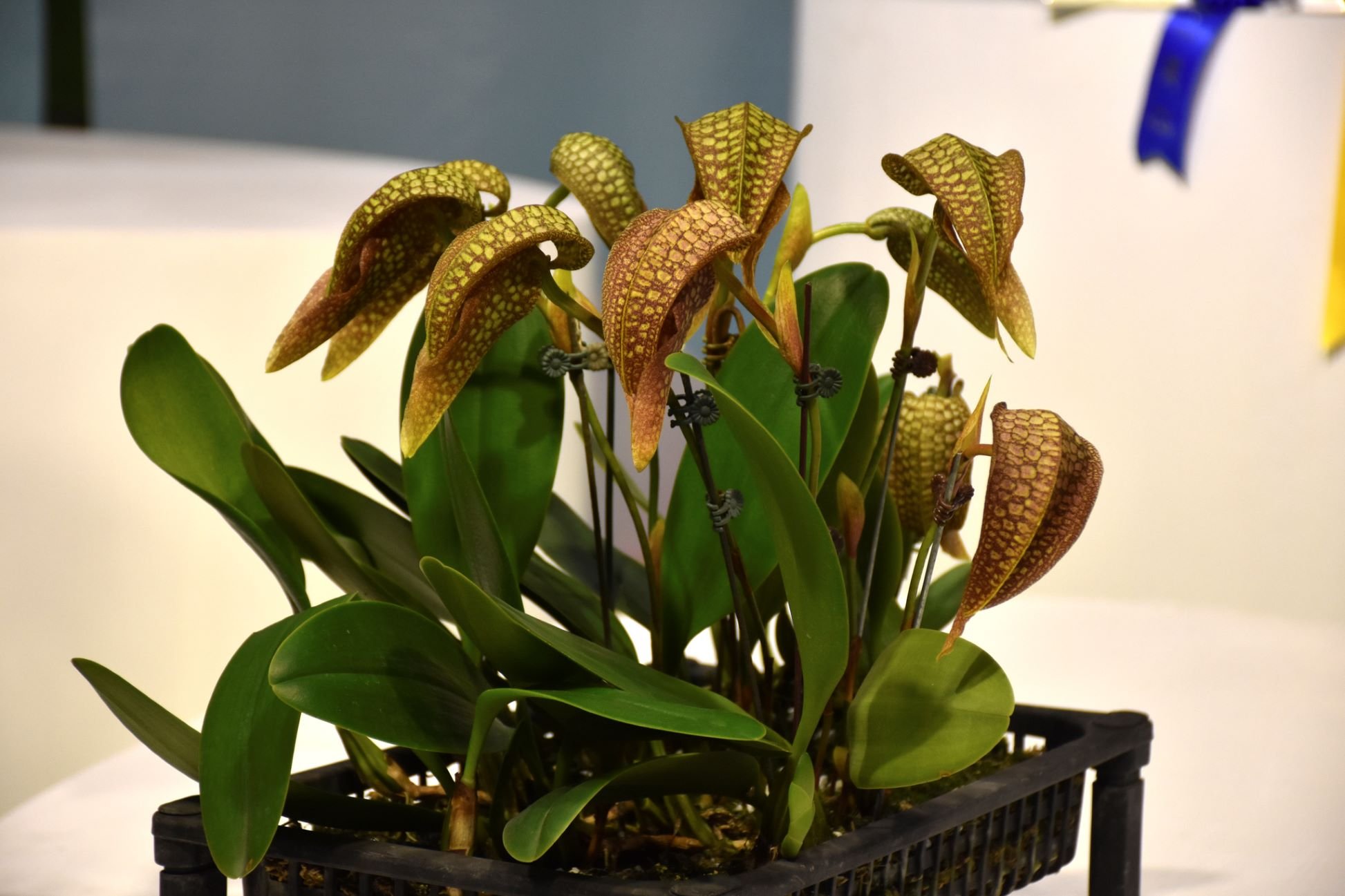
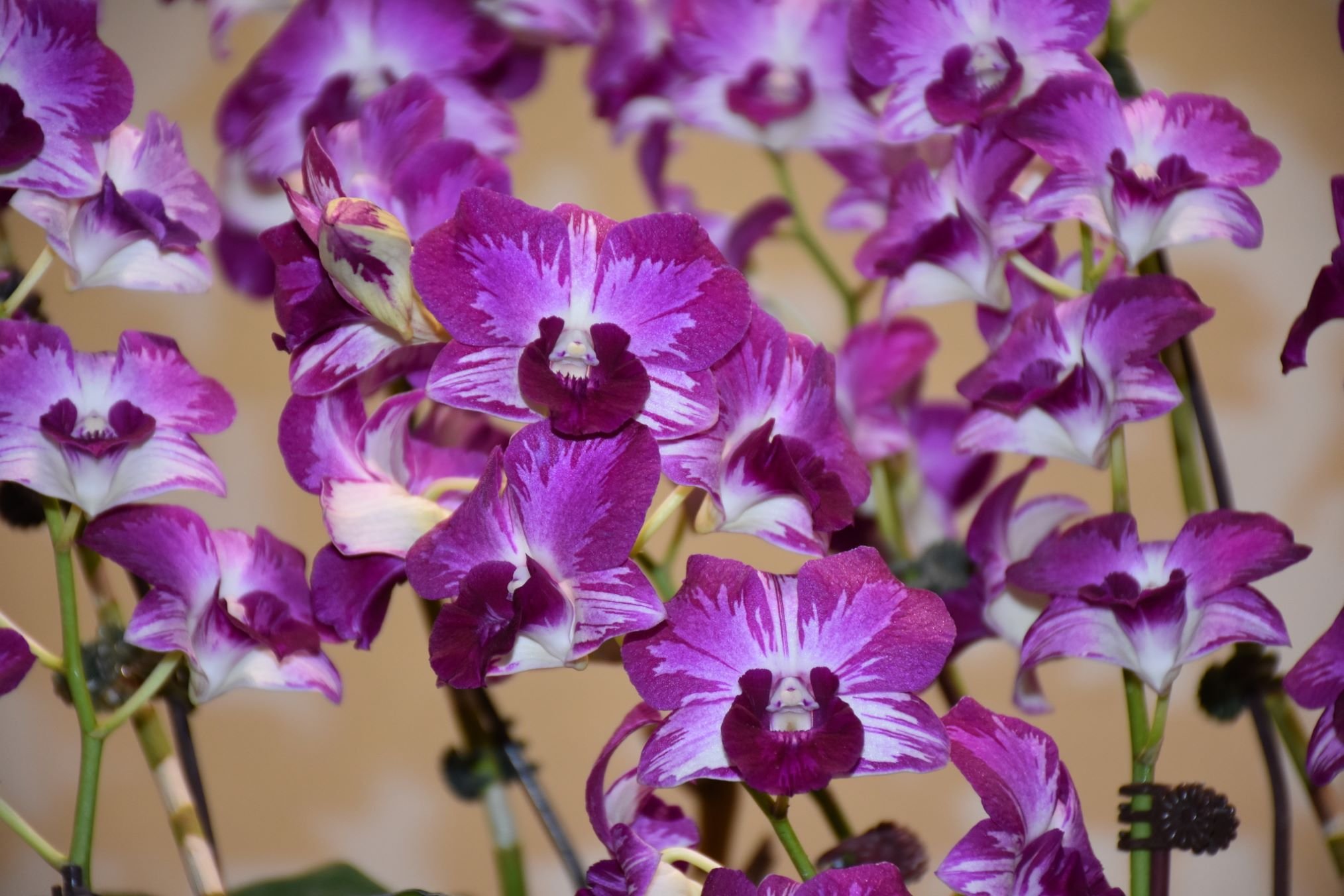

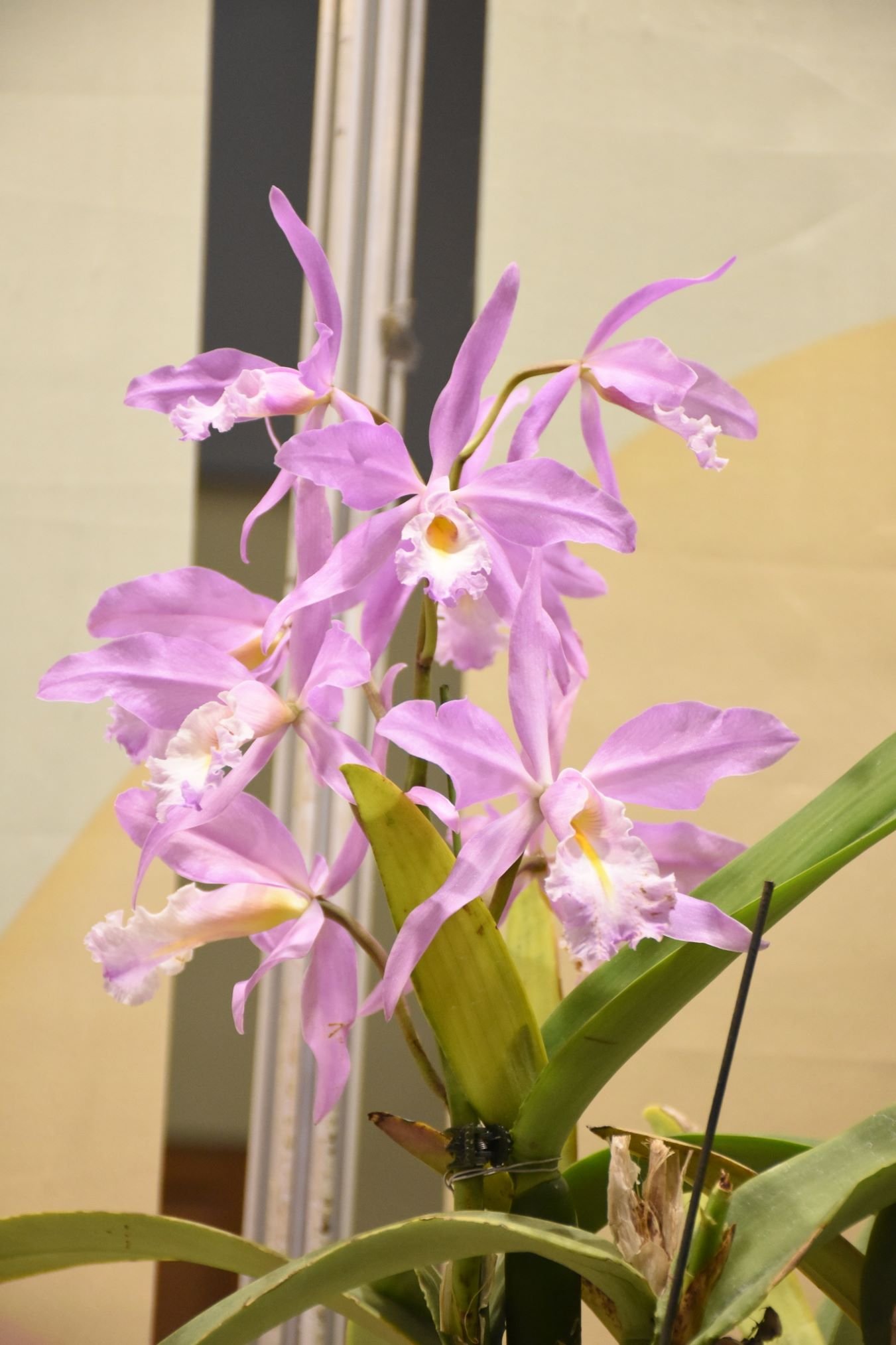
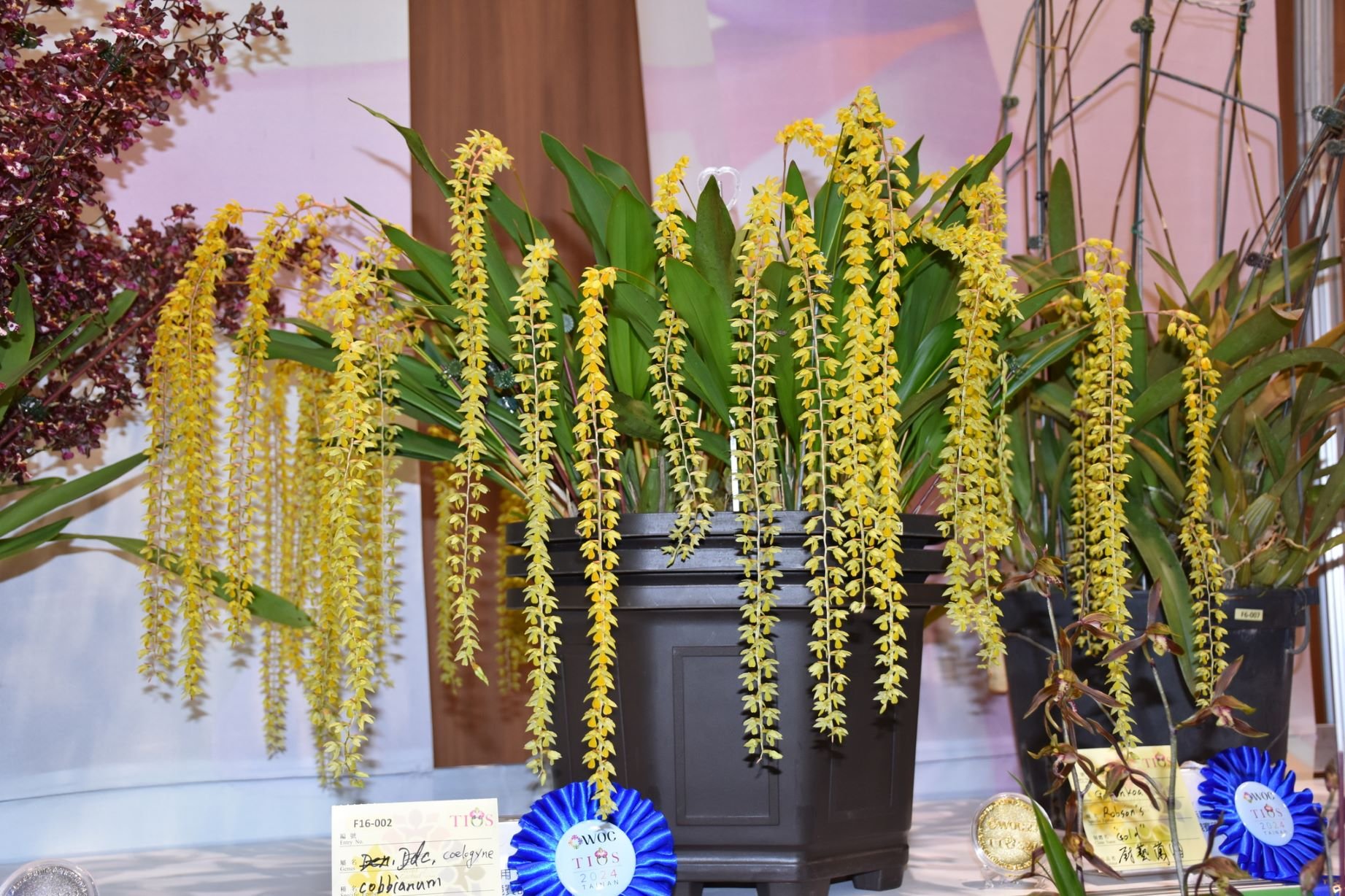
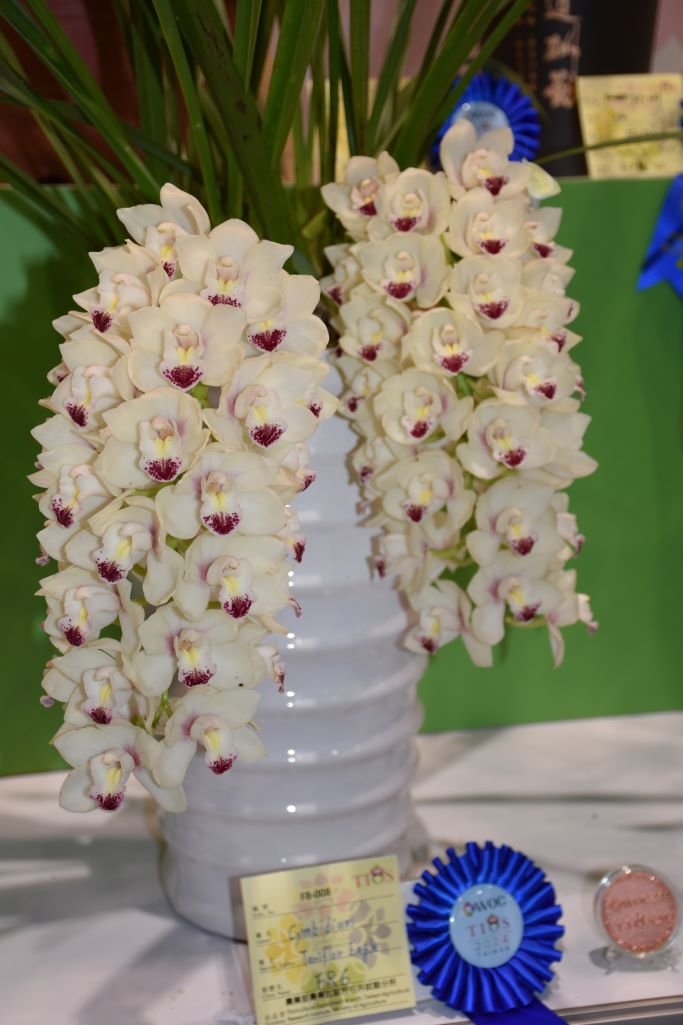
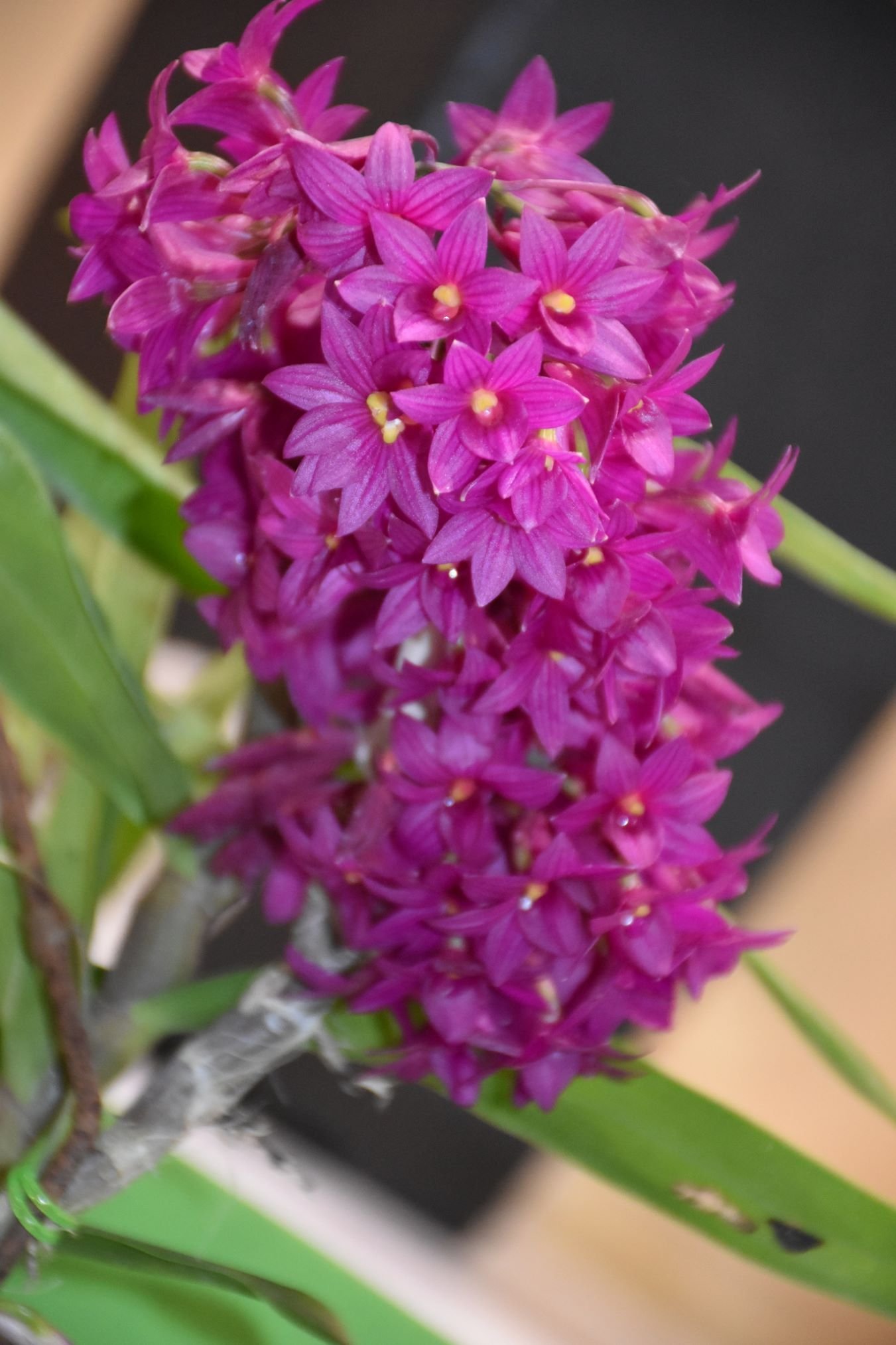
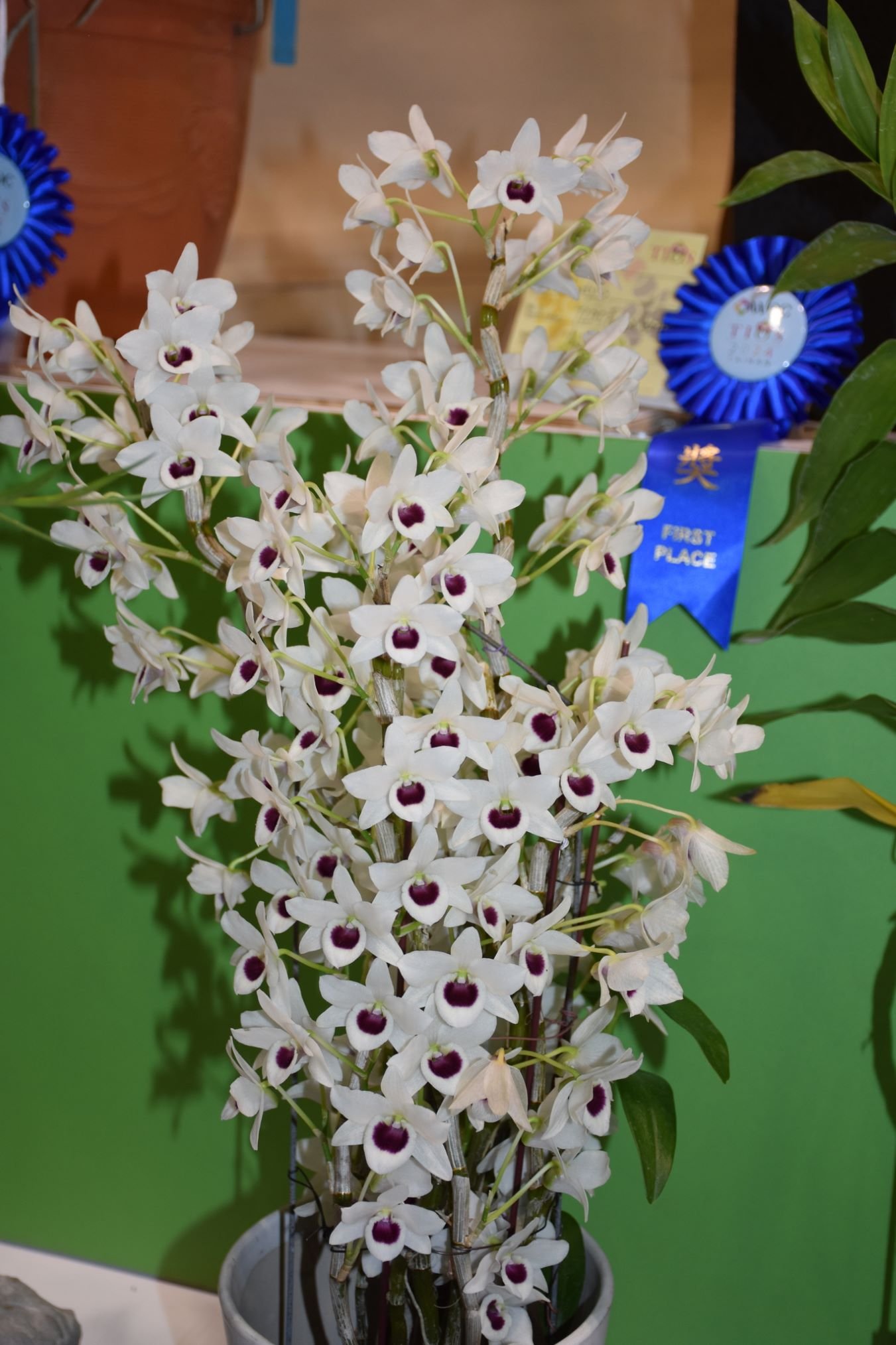
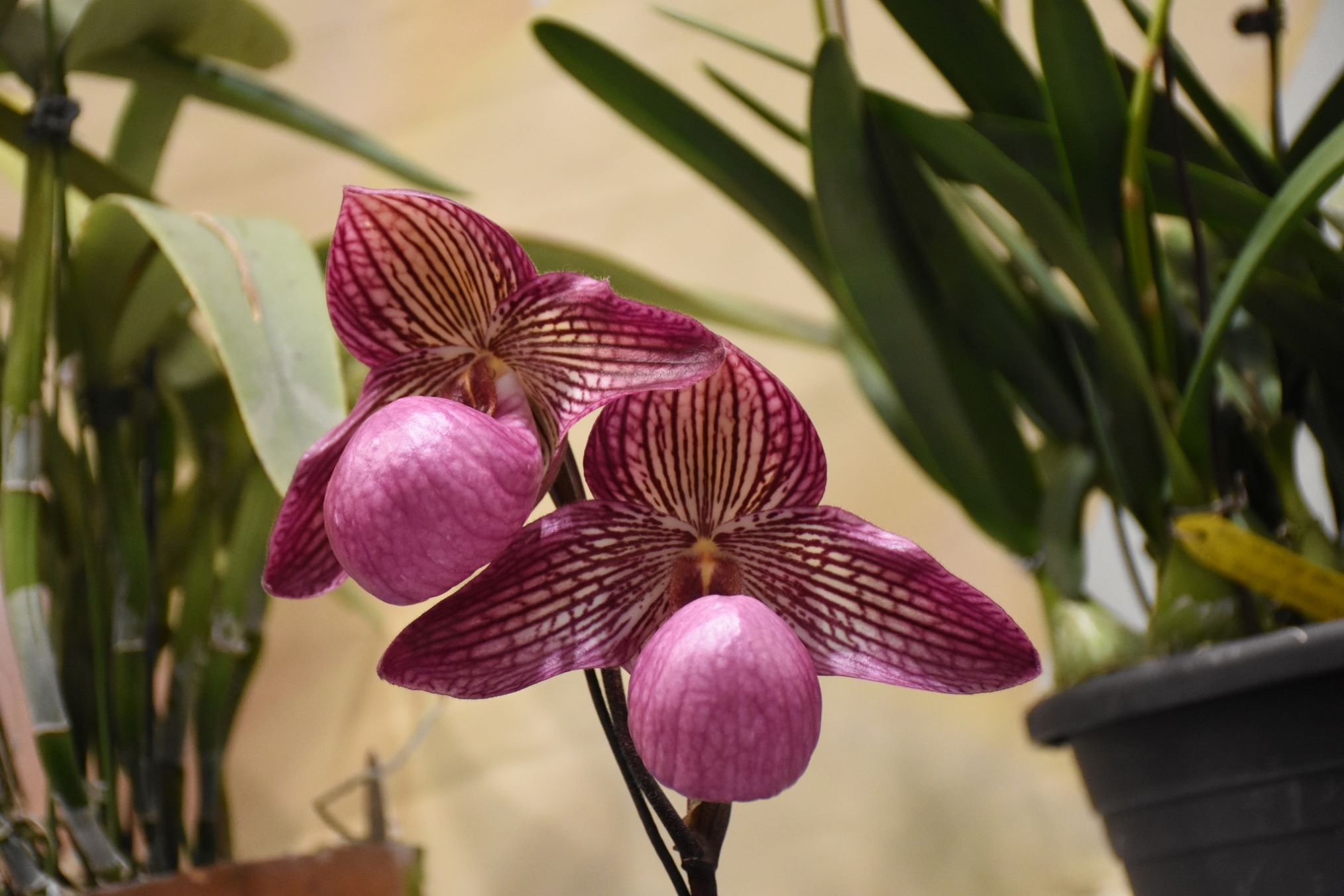
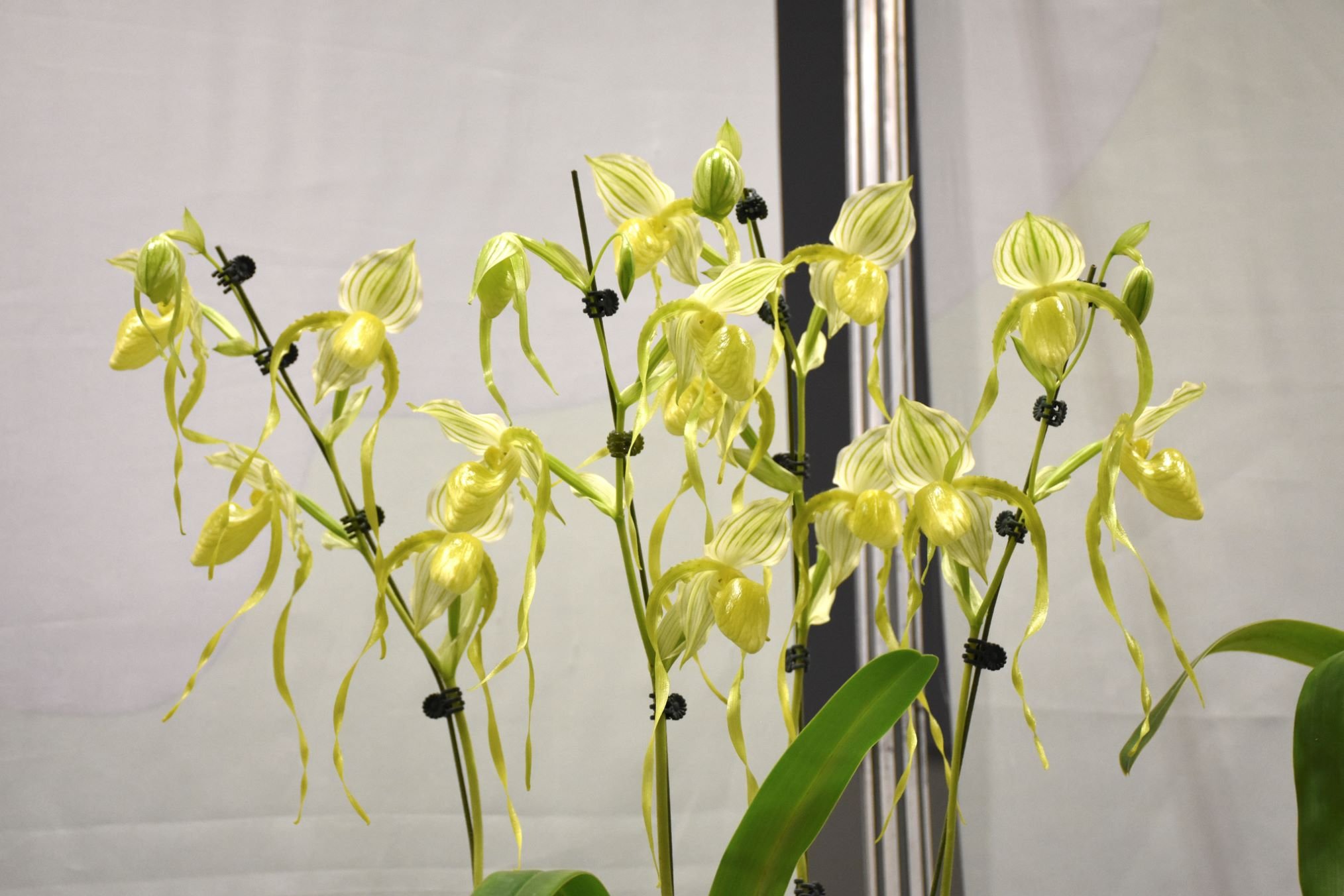

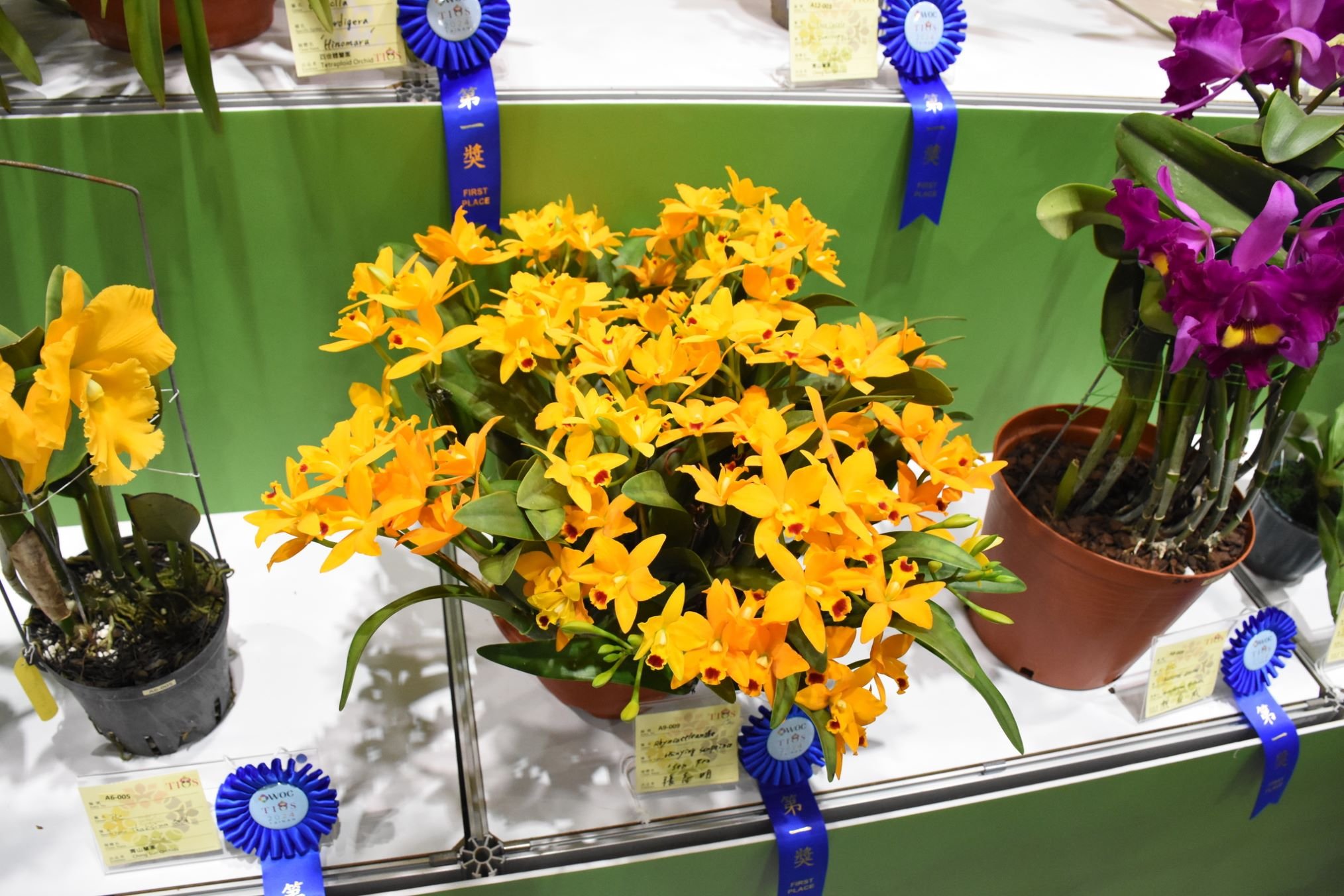
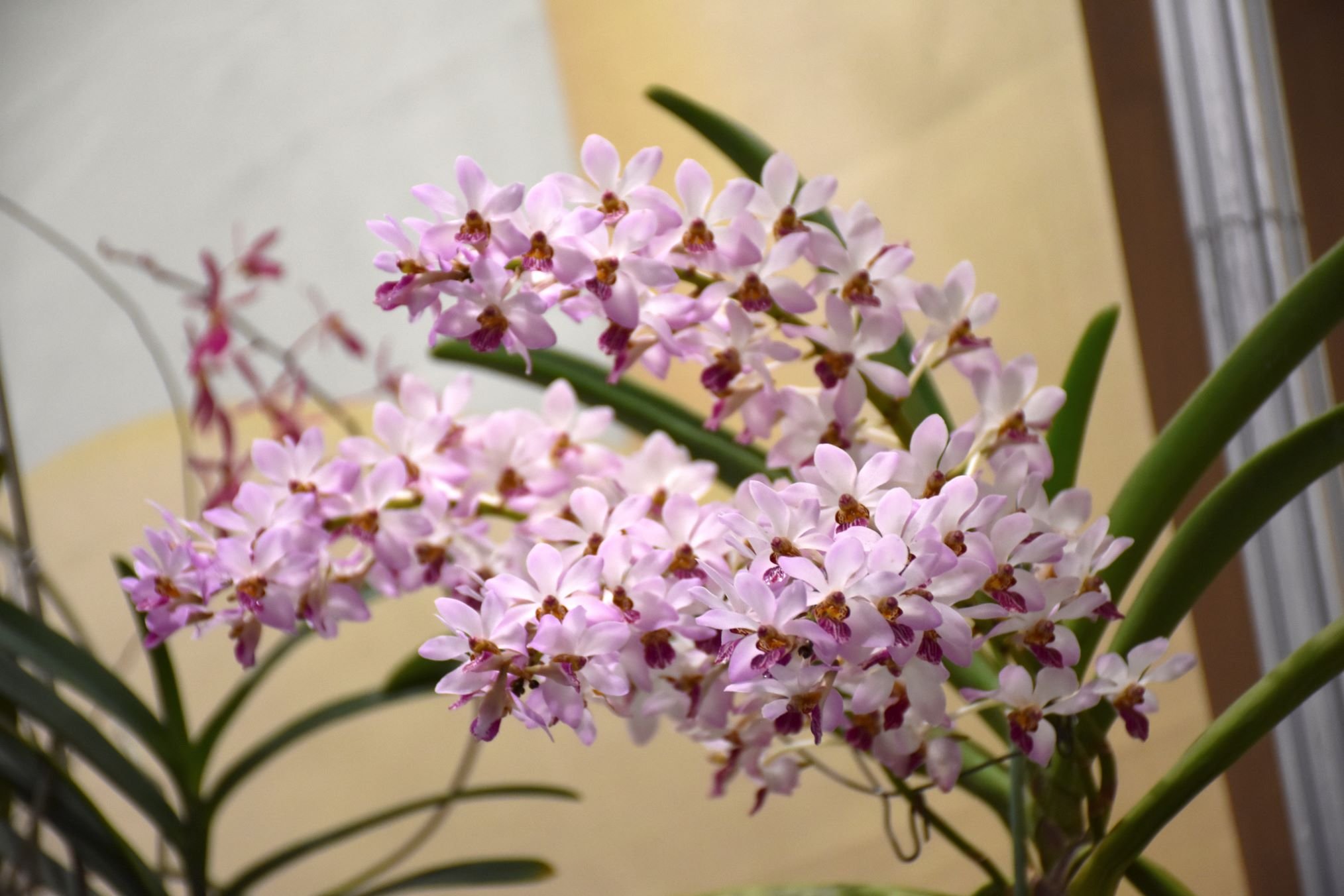
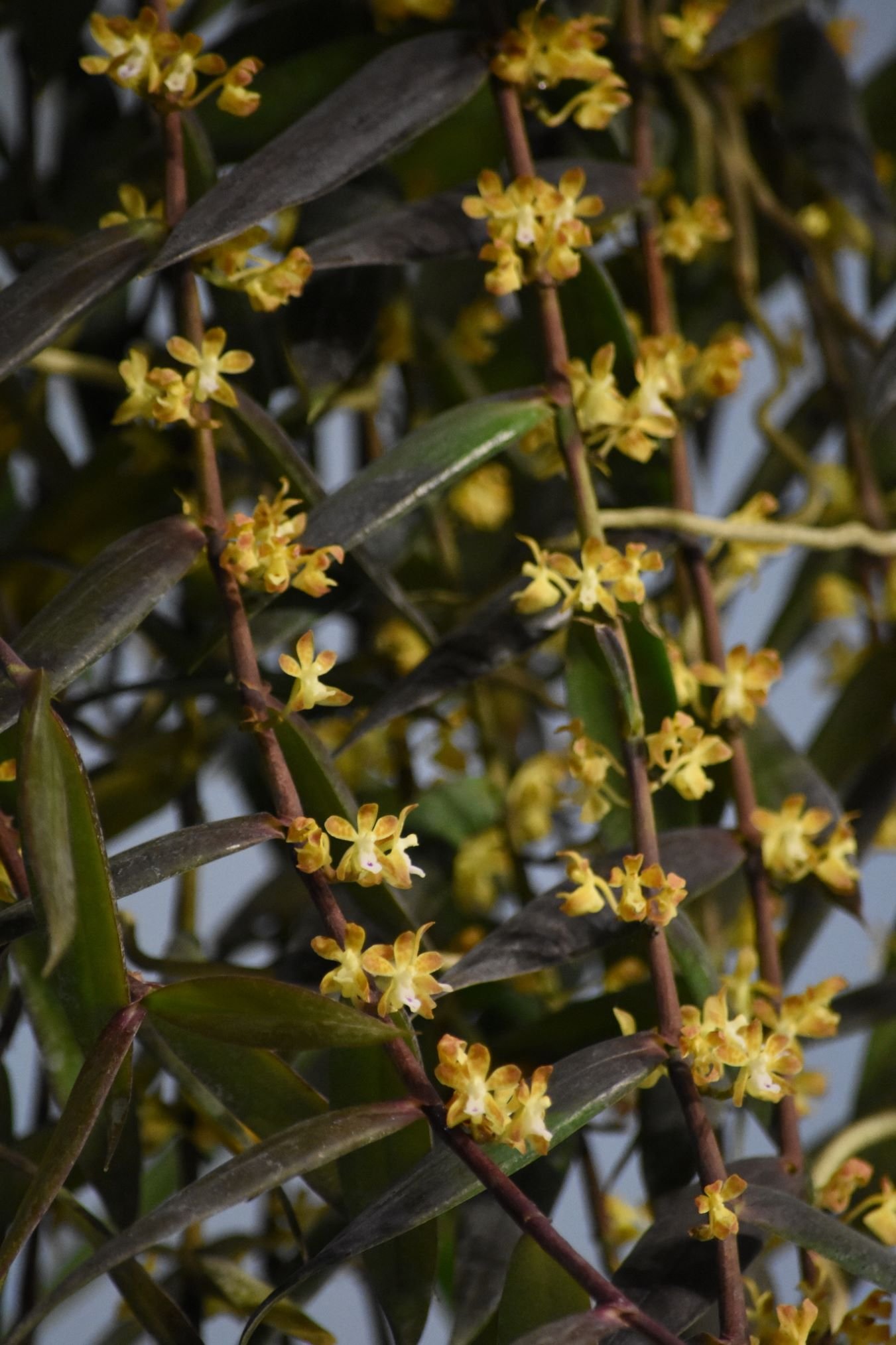
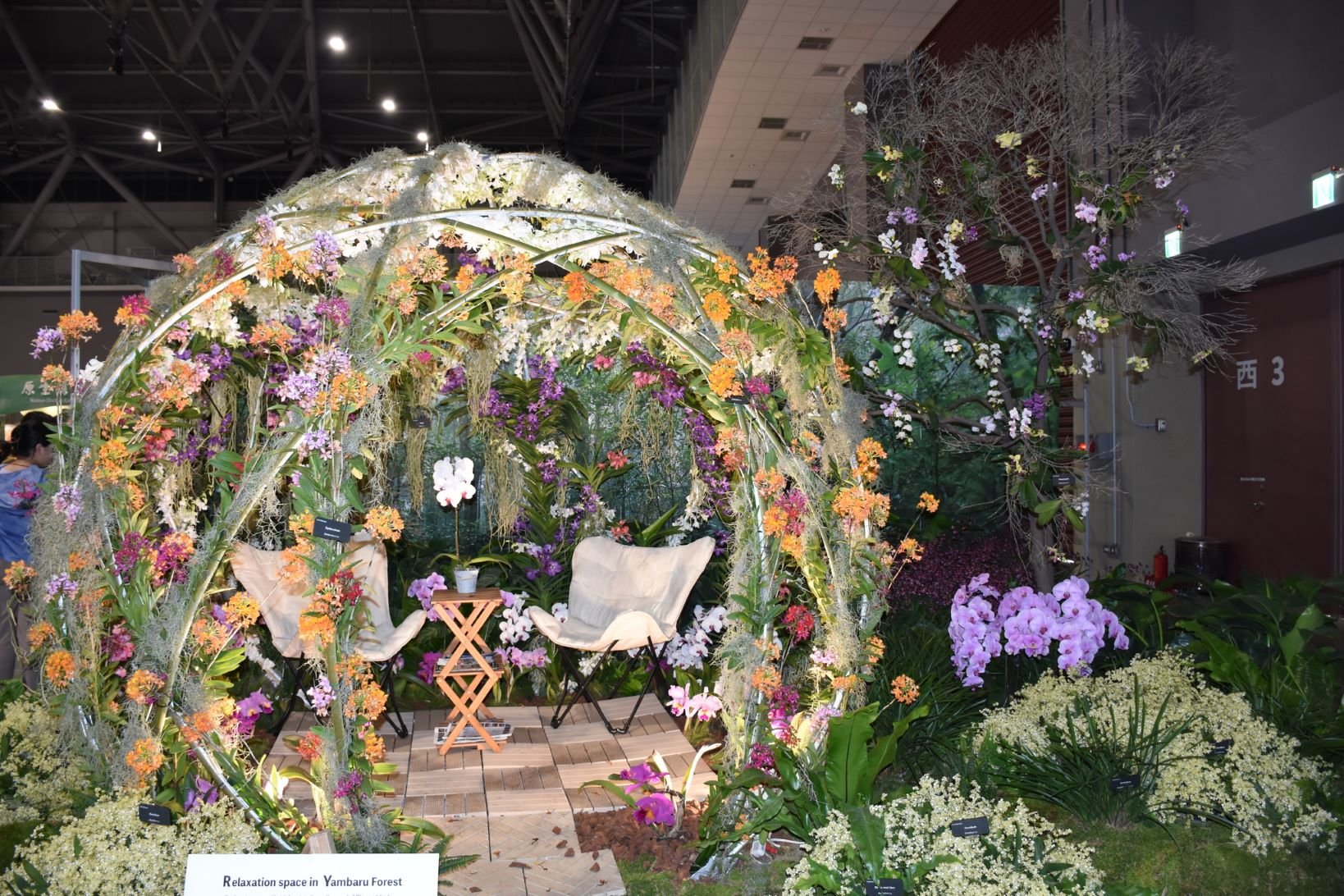
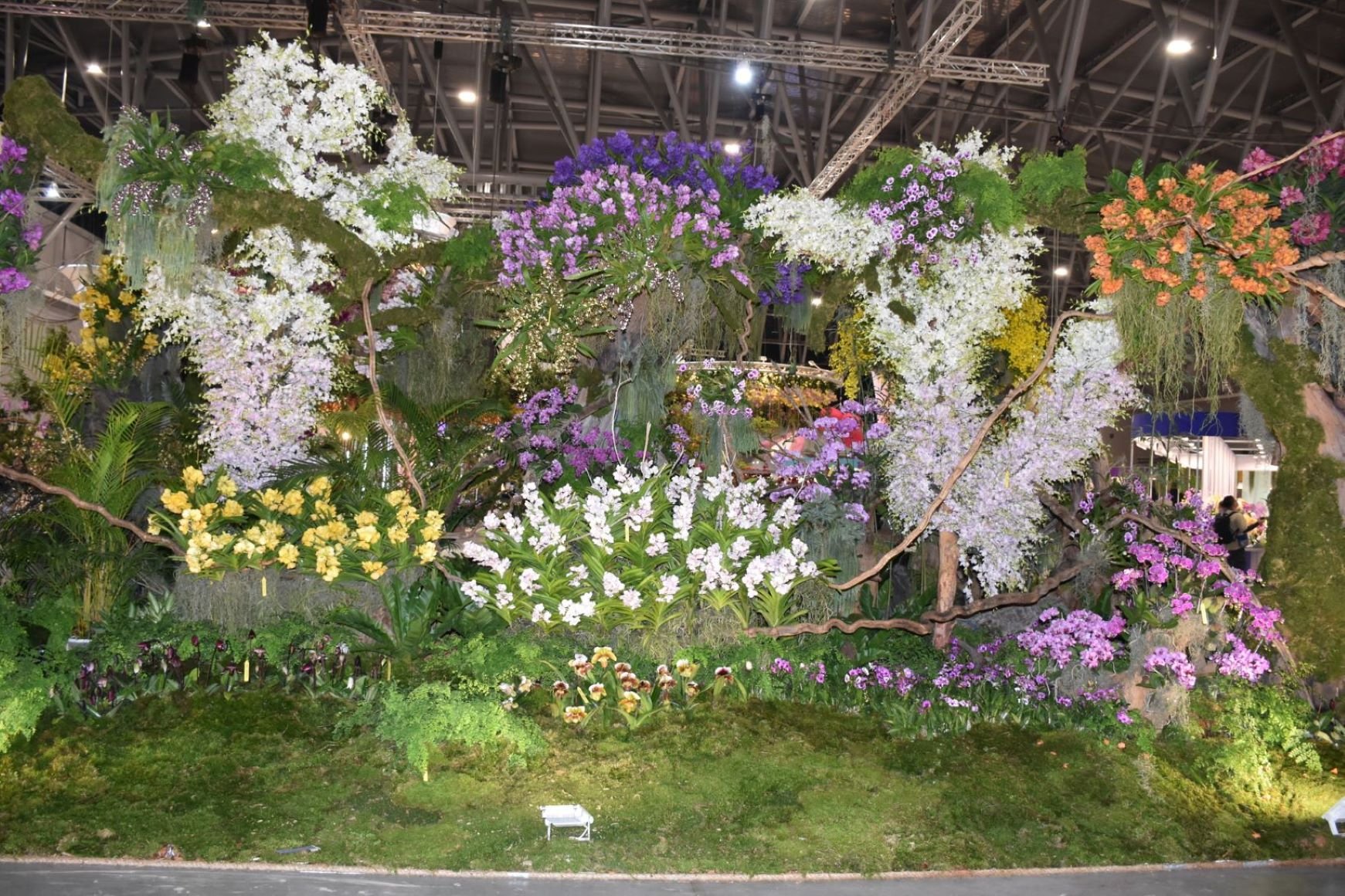
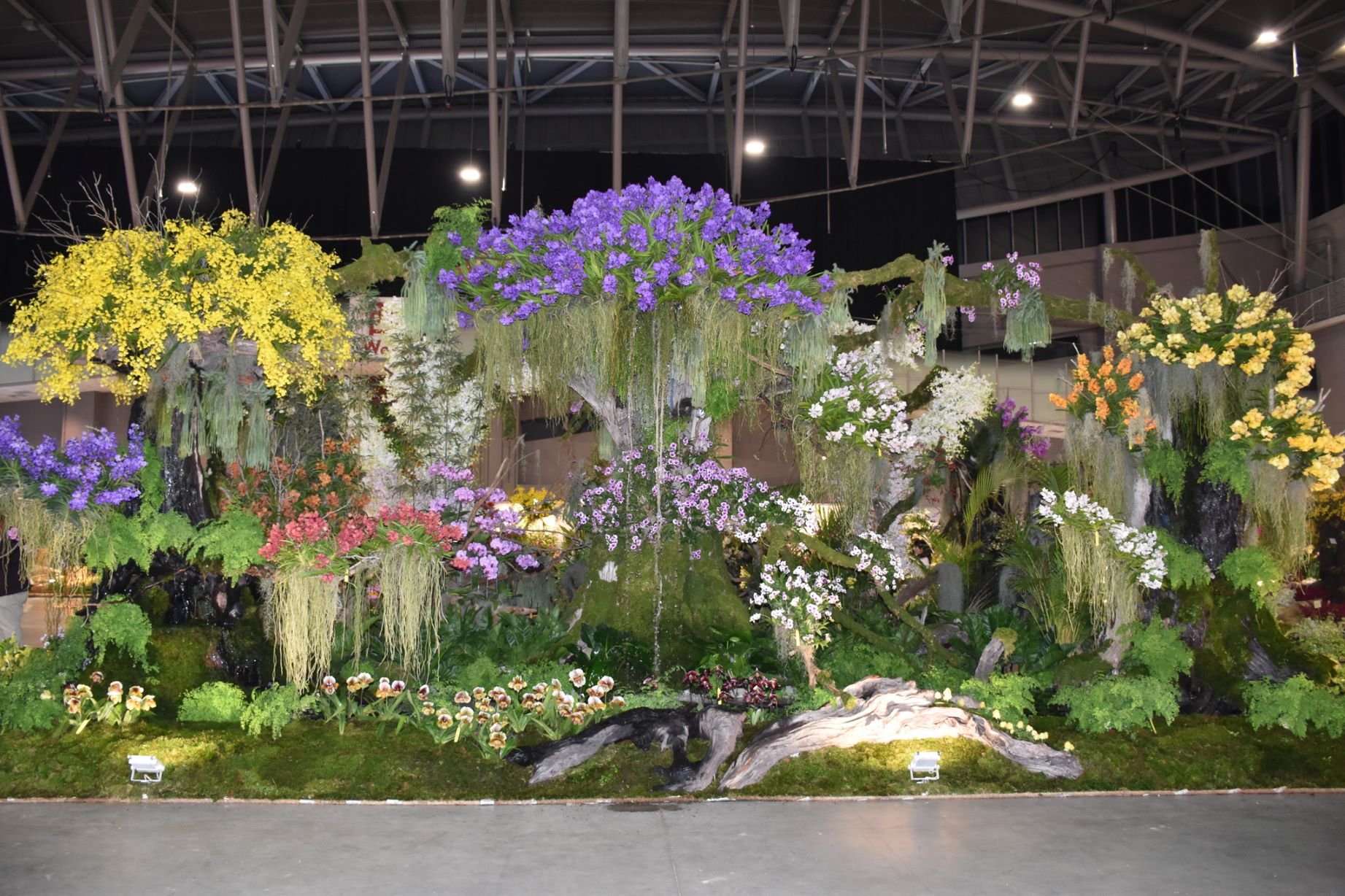
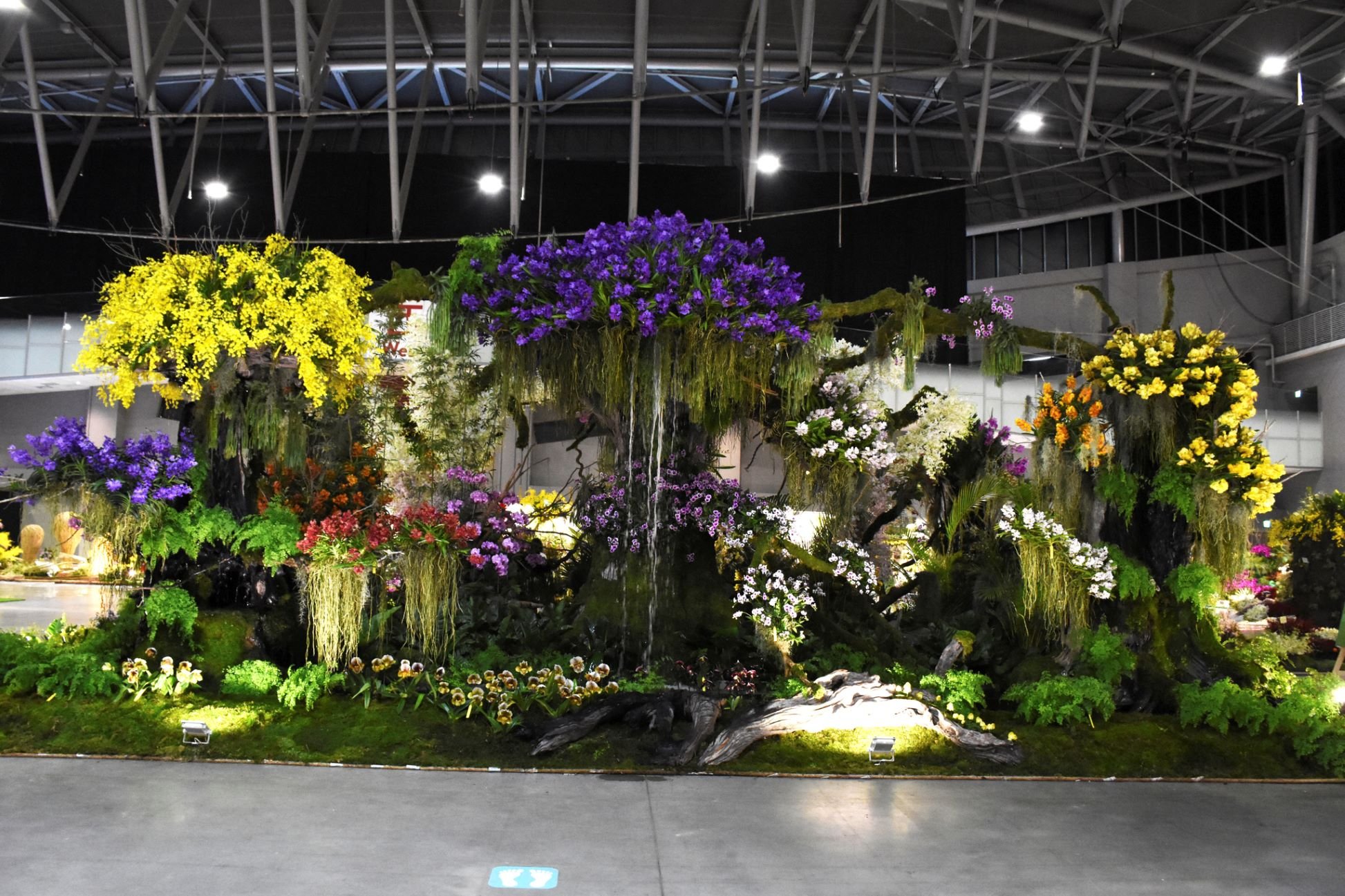
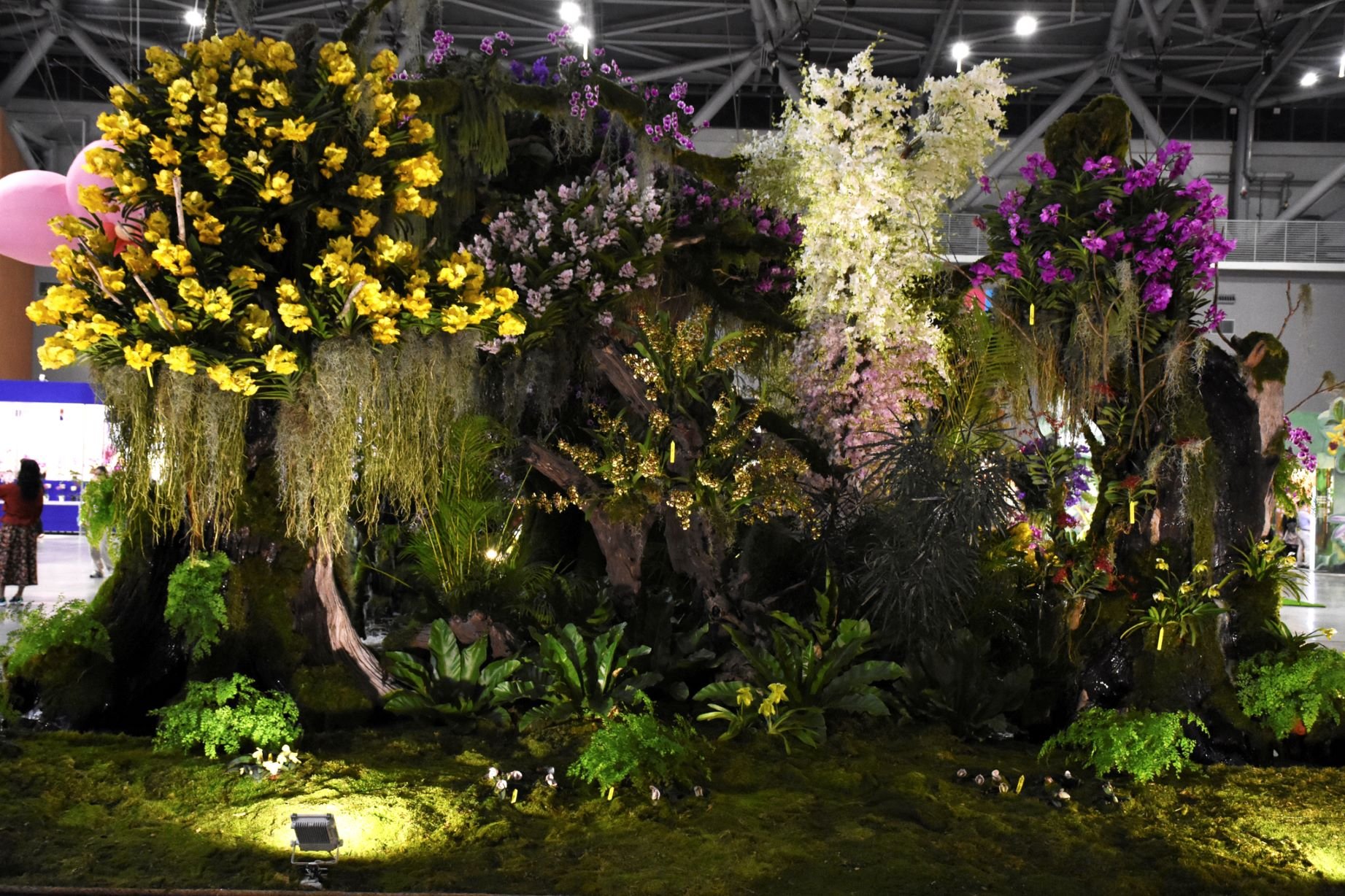

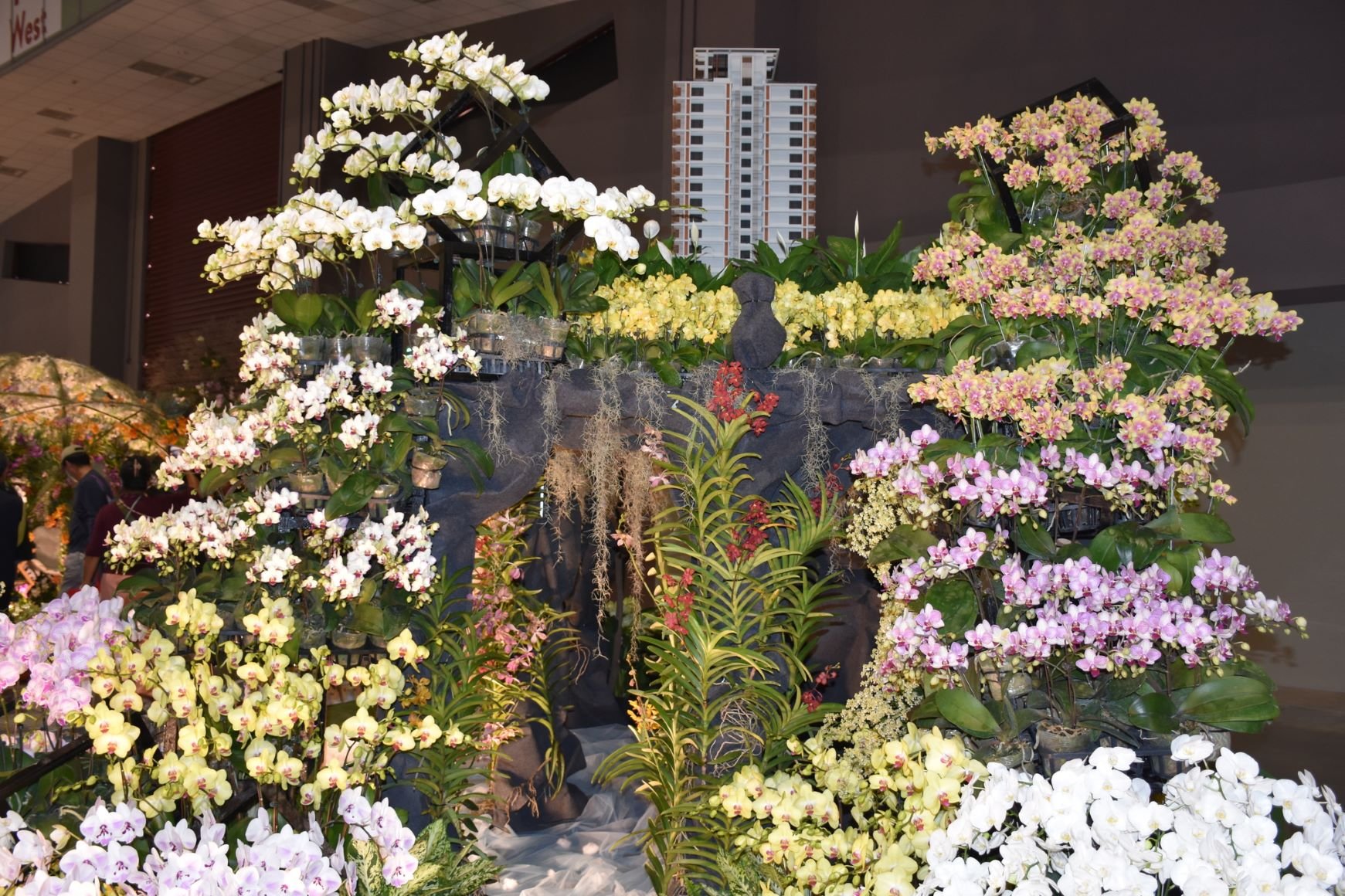
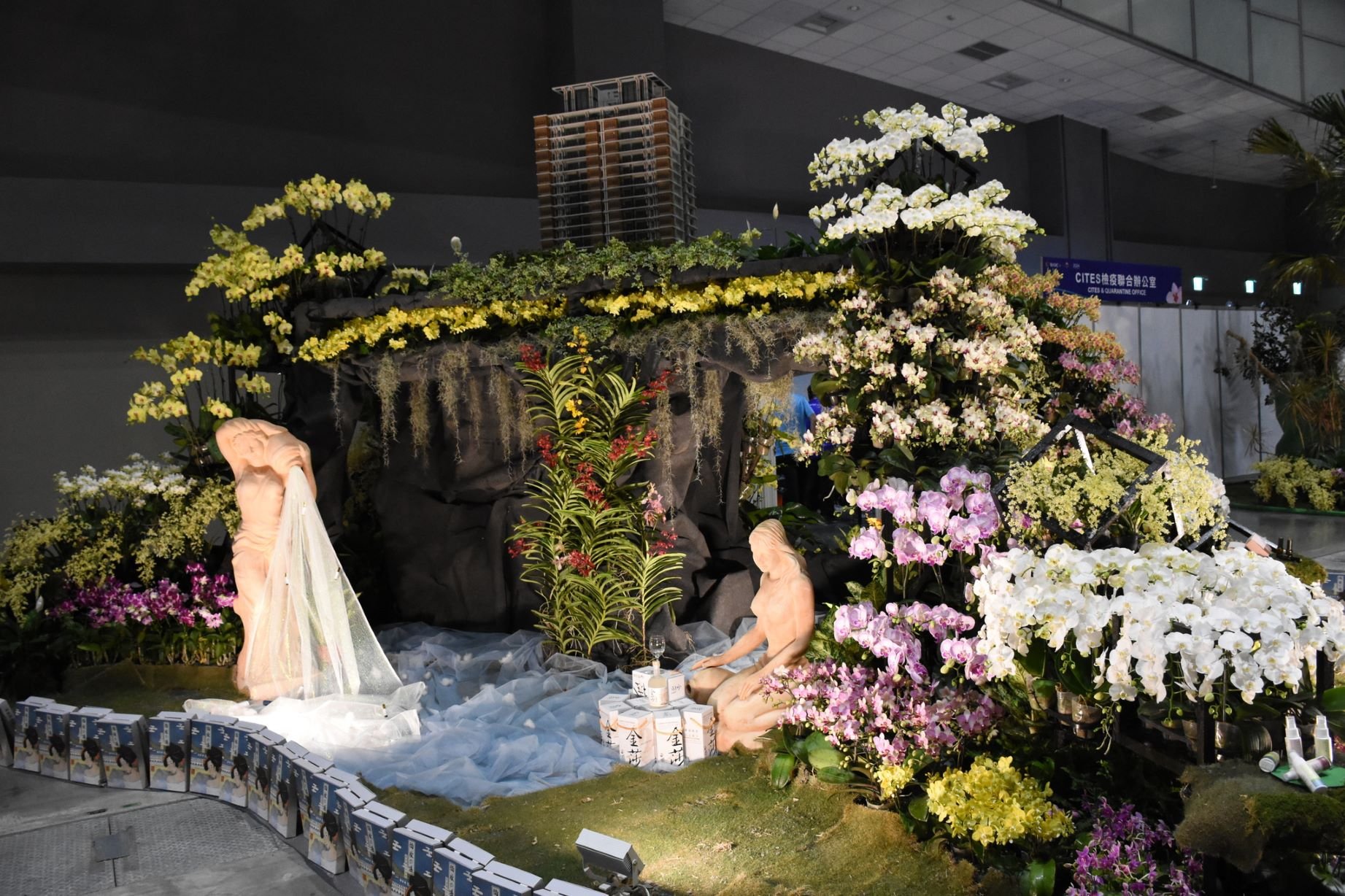
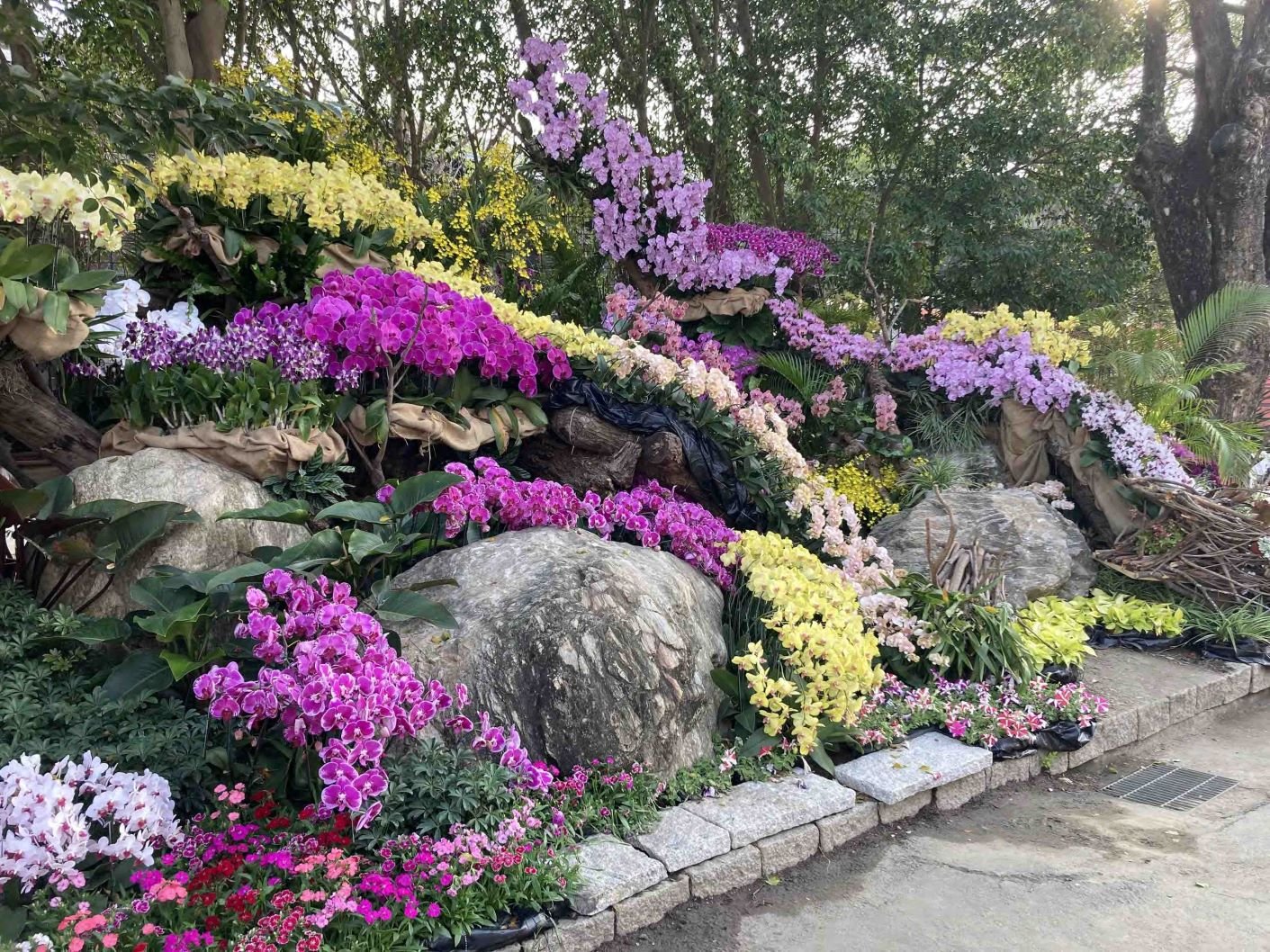
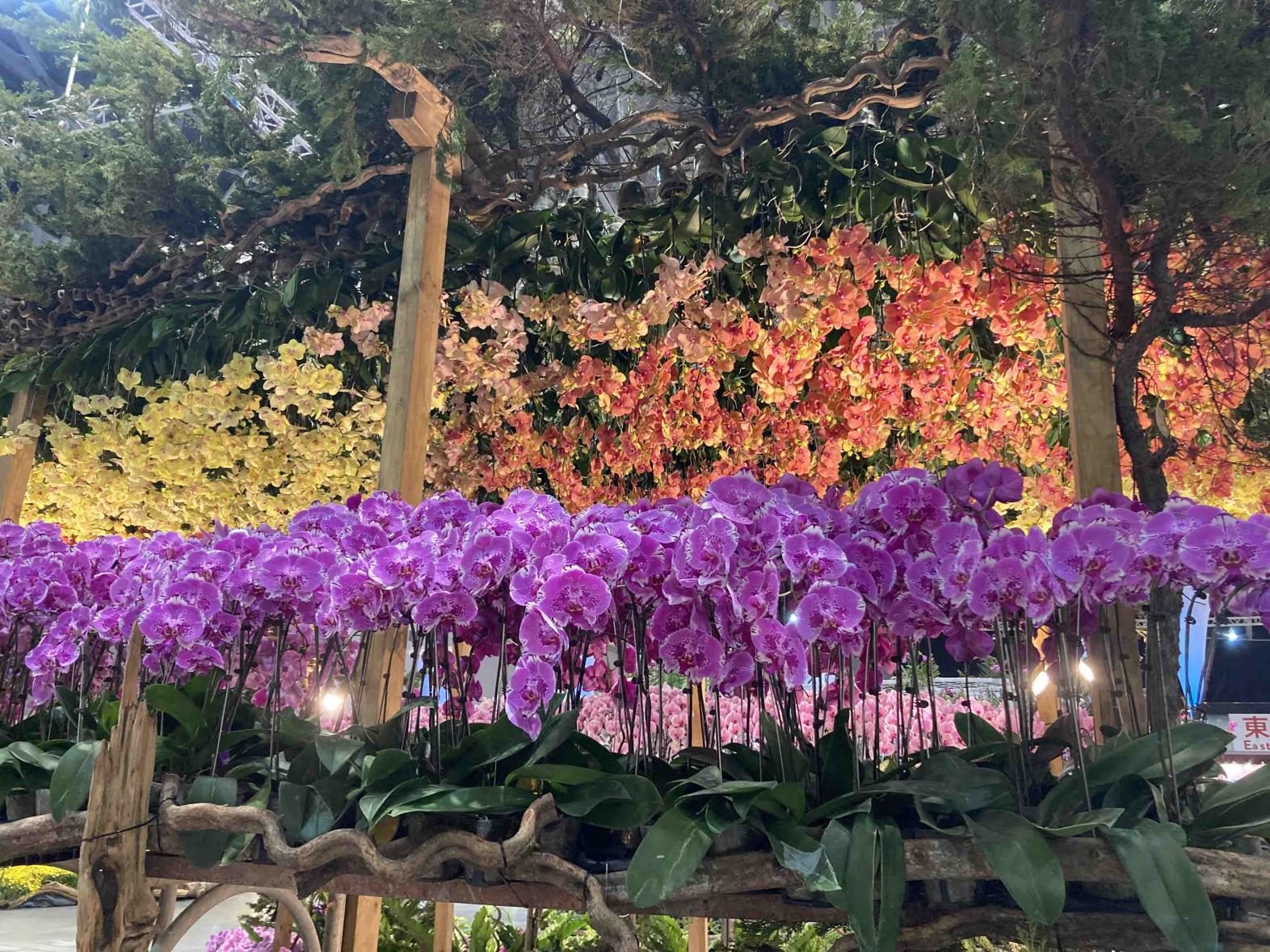
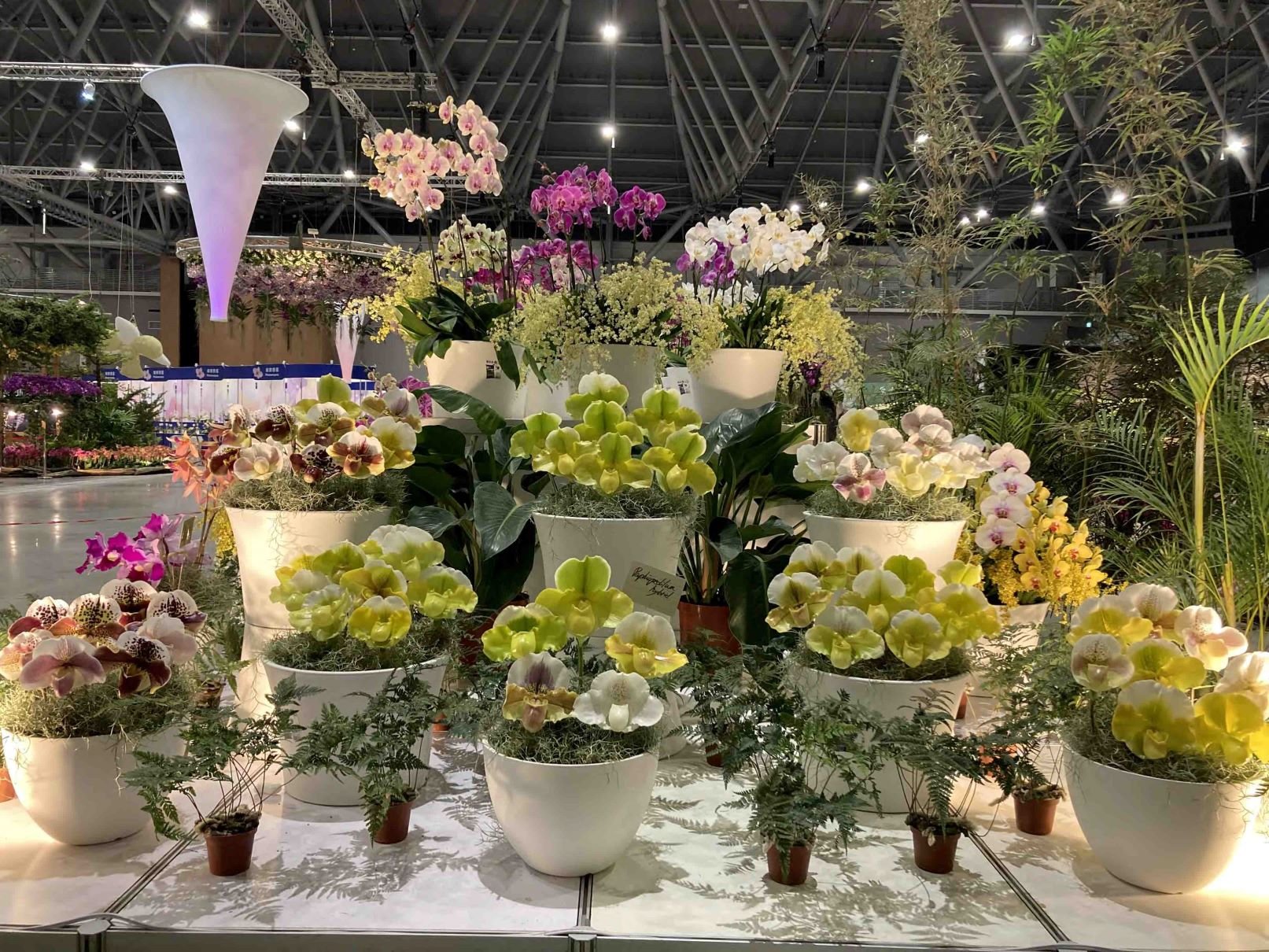

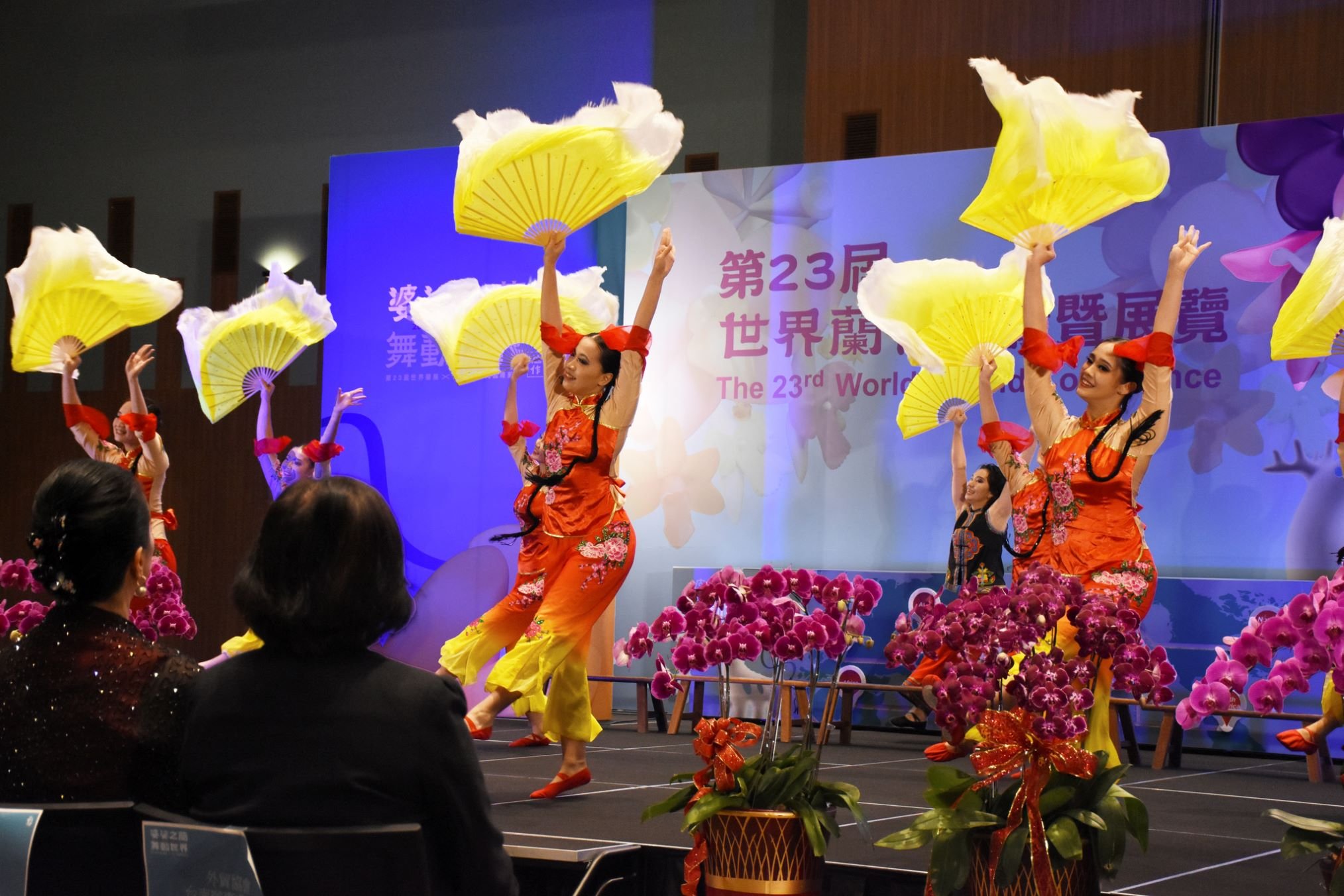
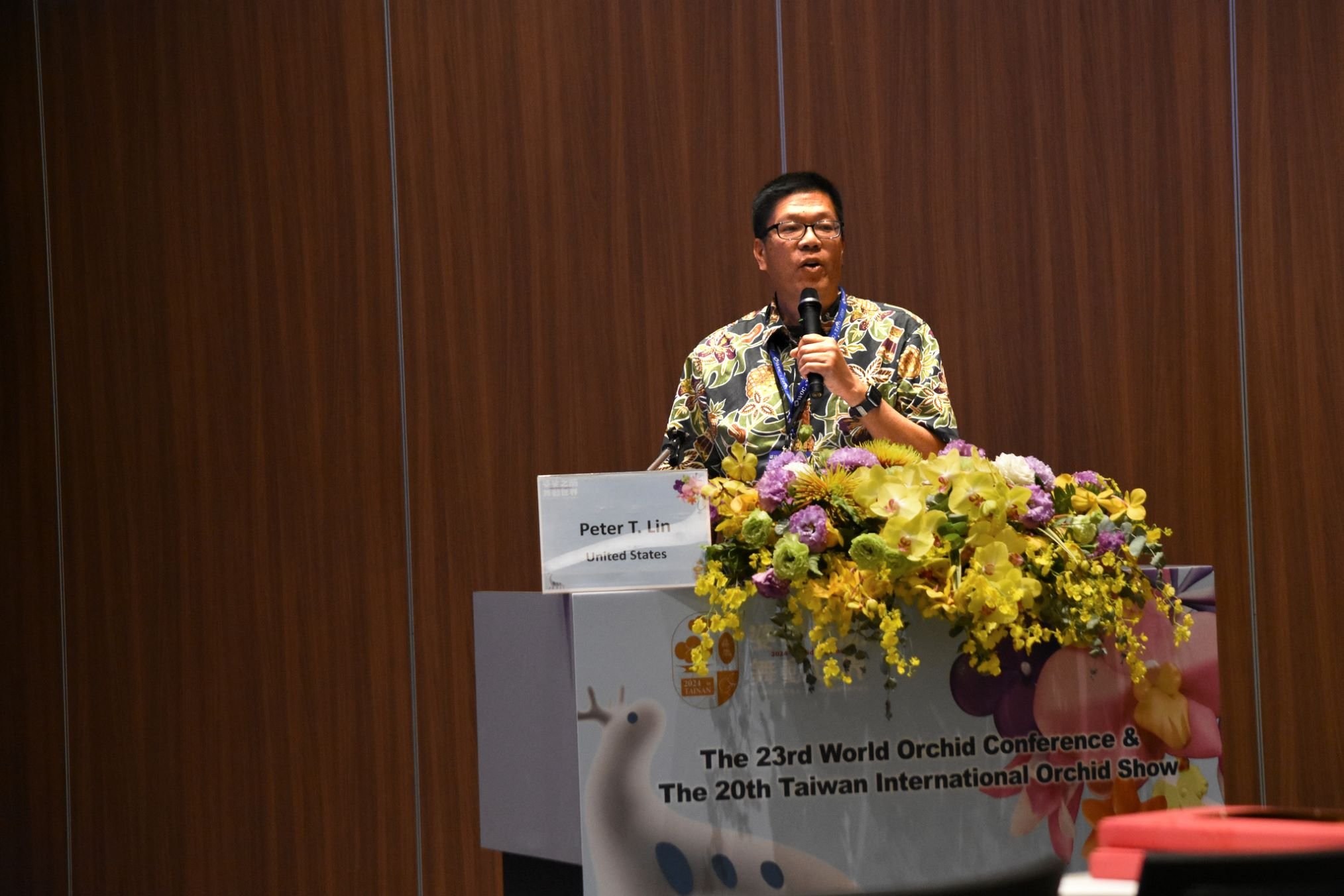

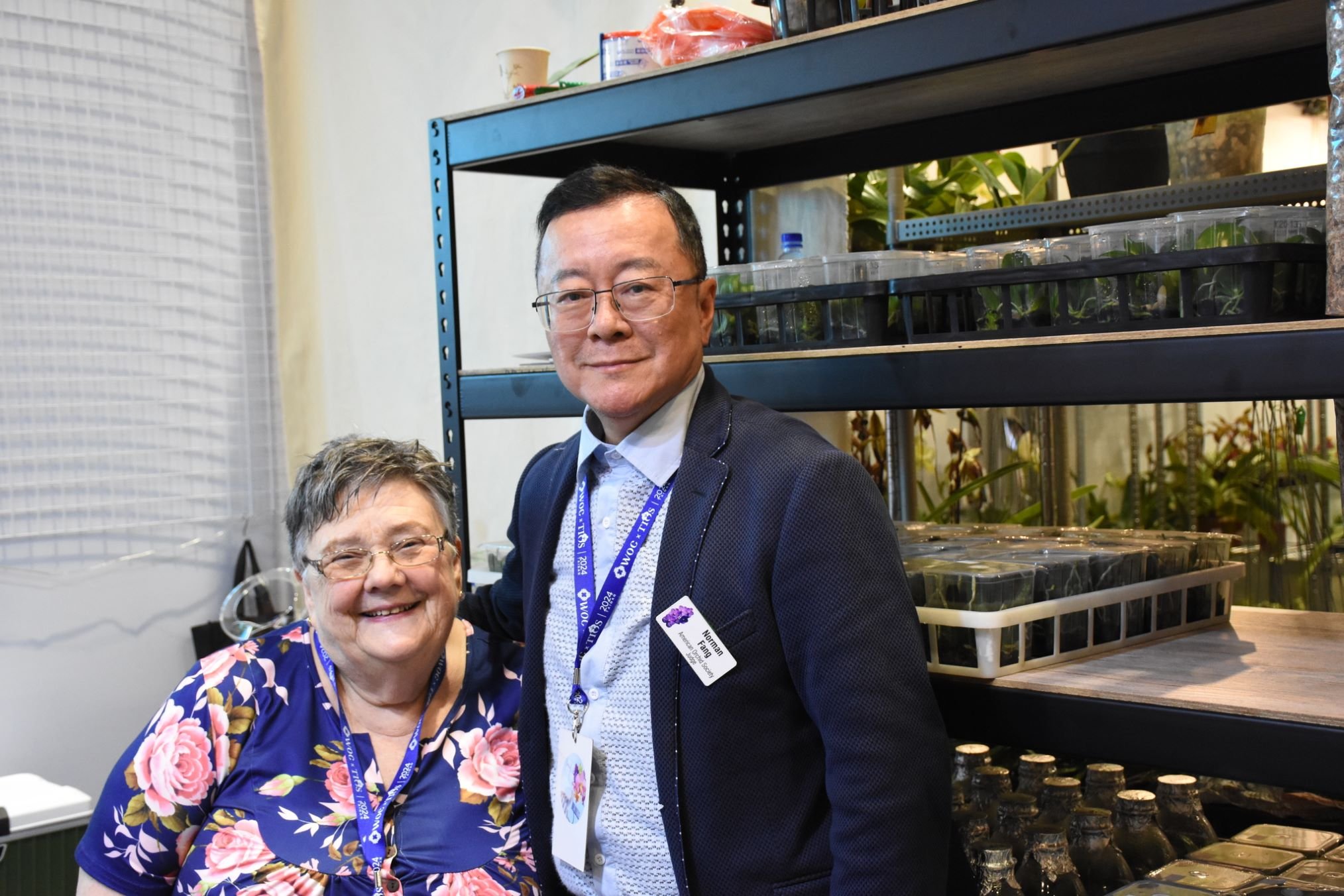
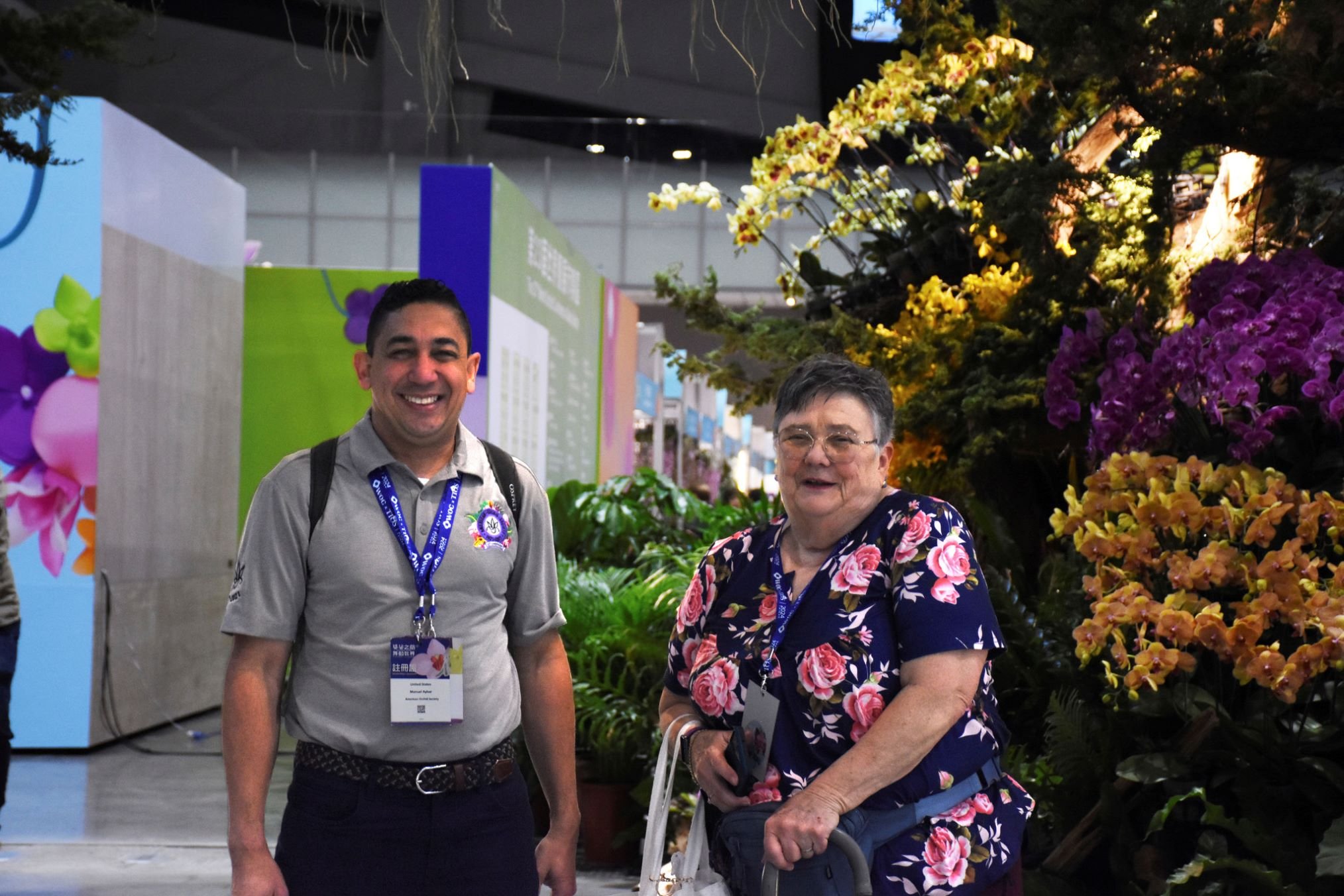
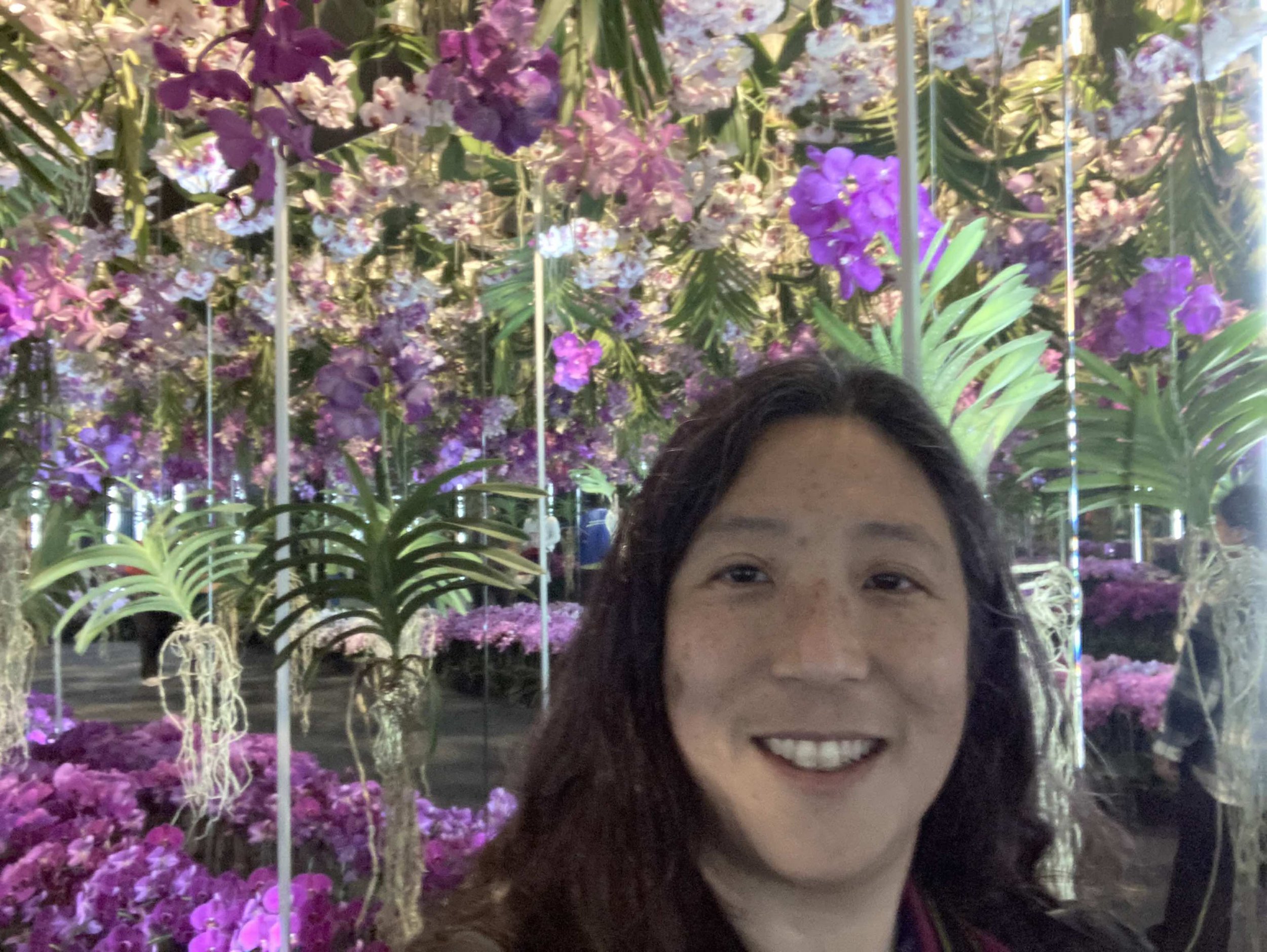
More Pics from the Taiwan International Orchid Show
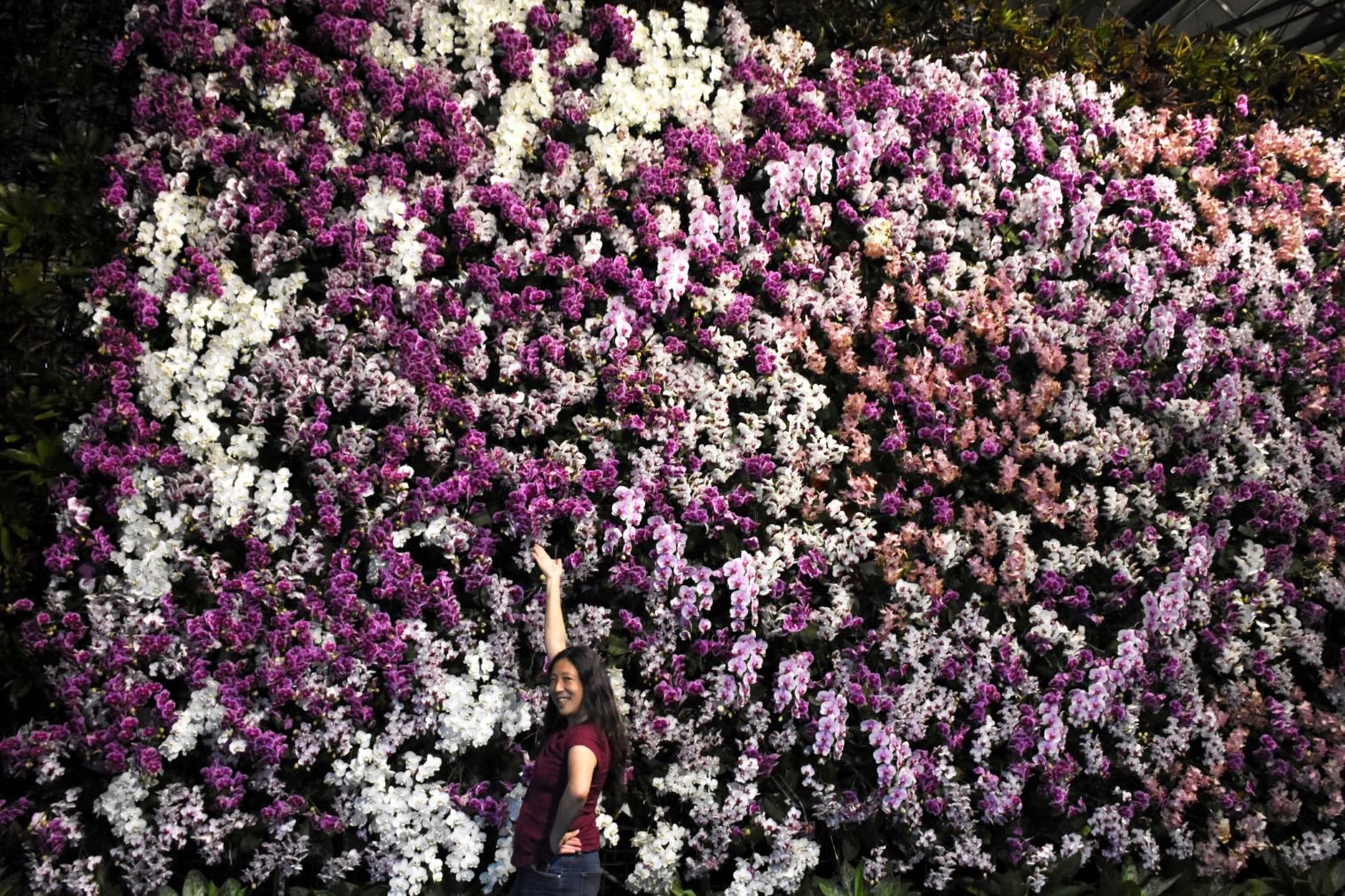
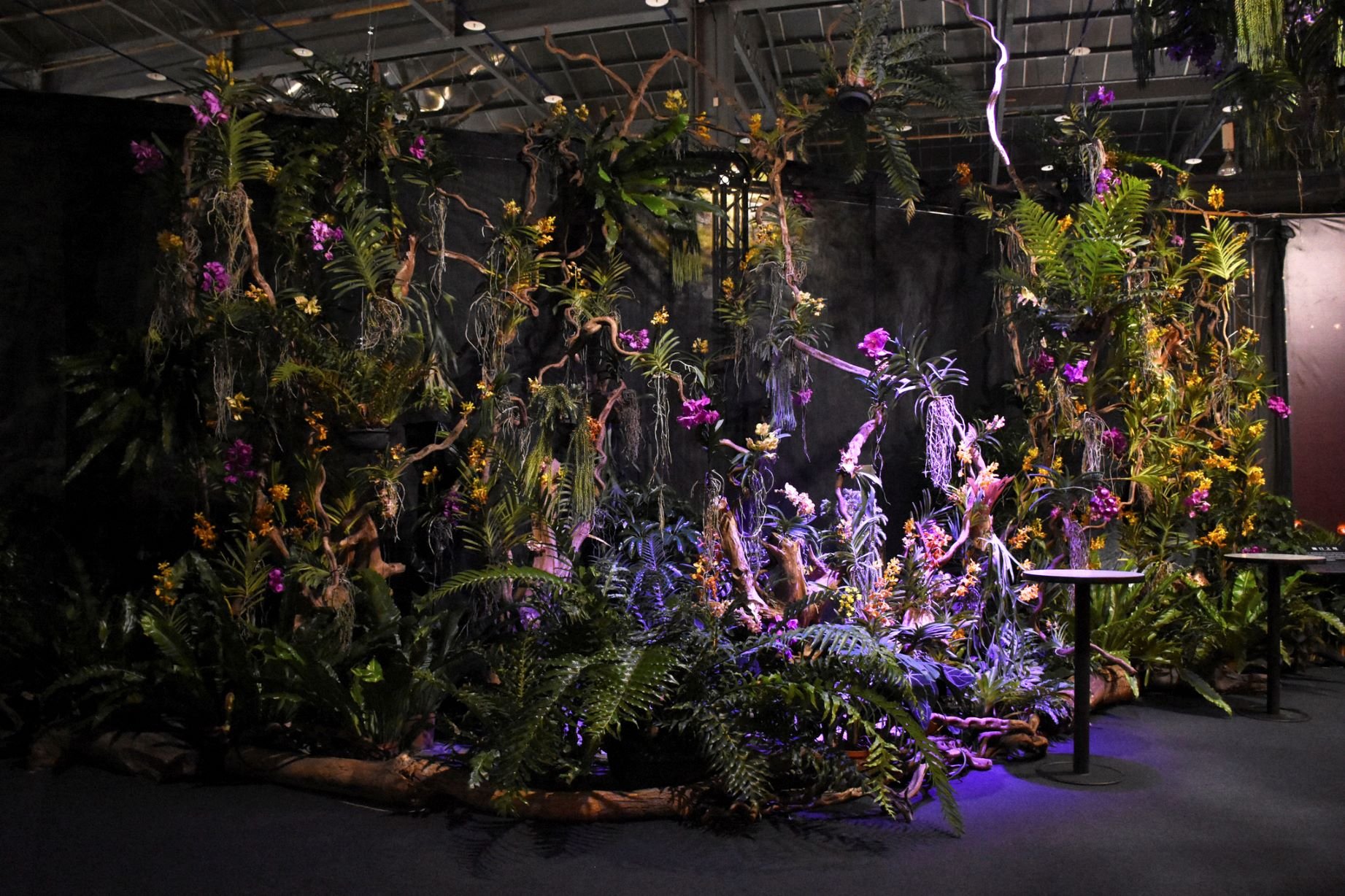
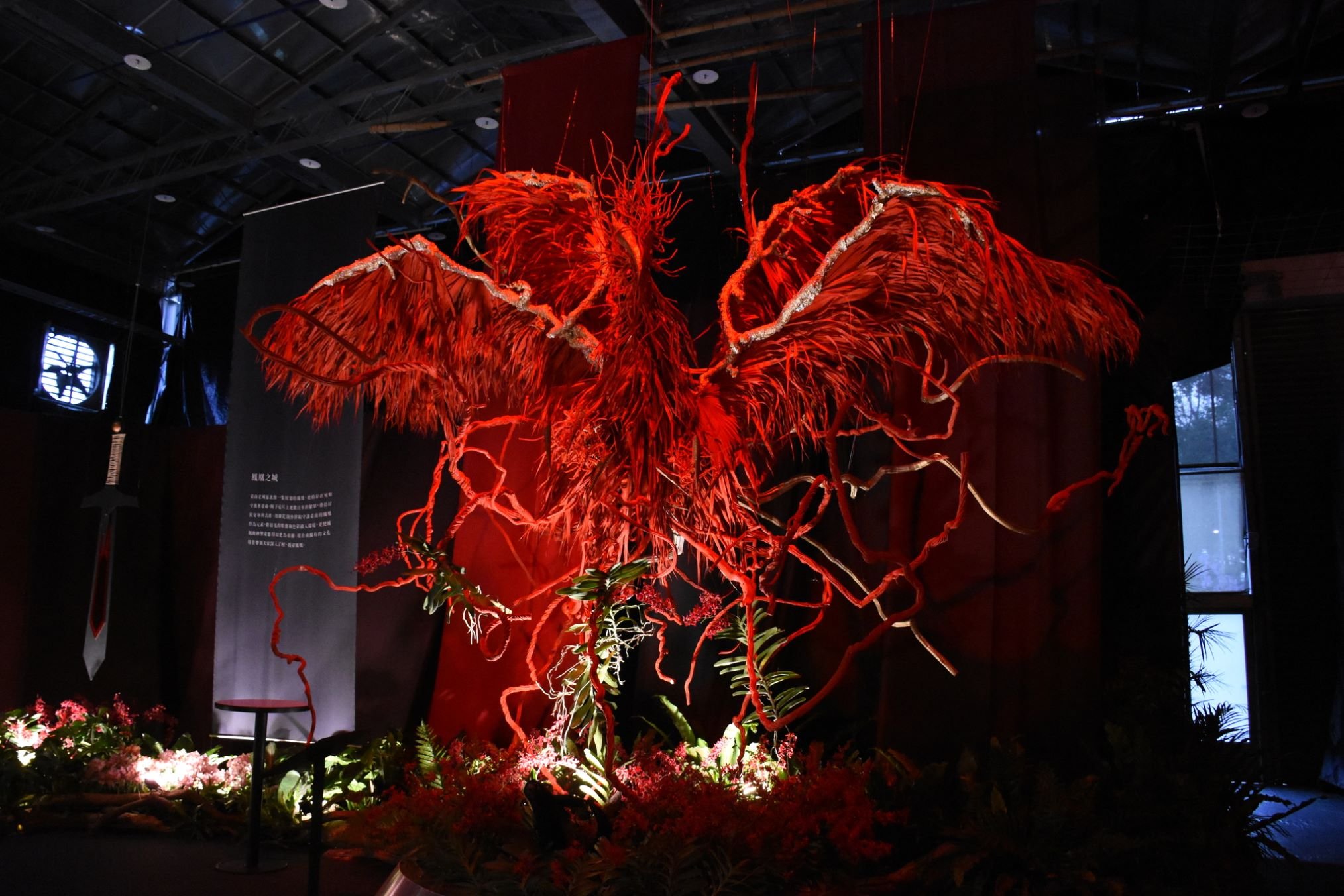
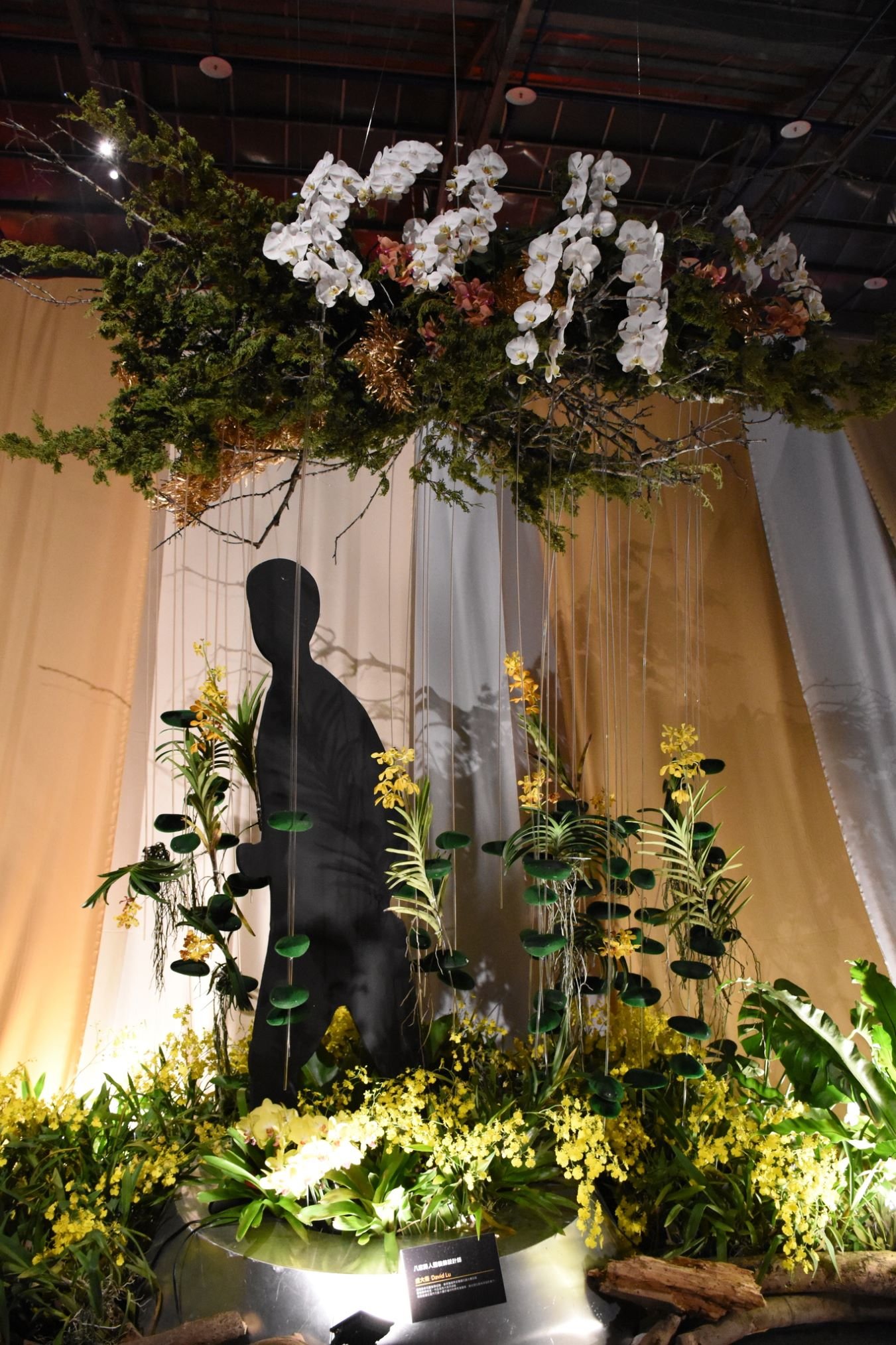
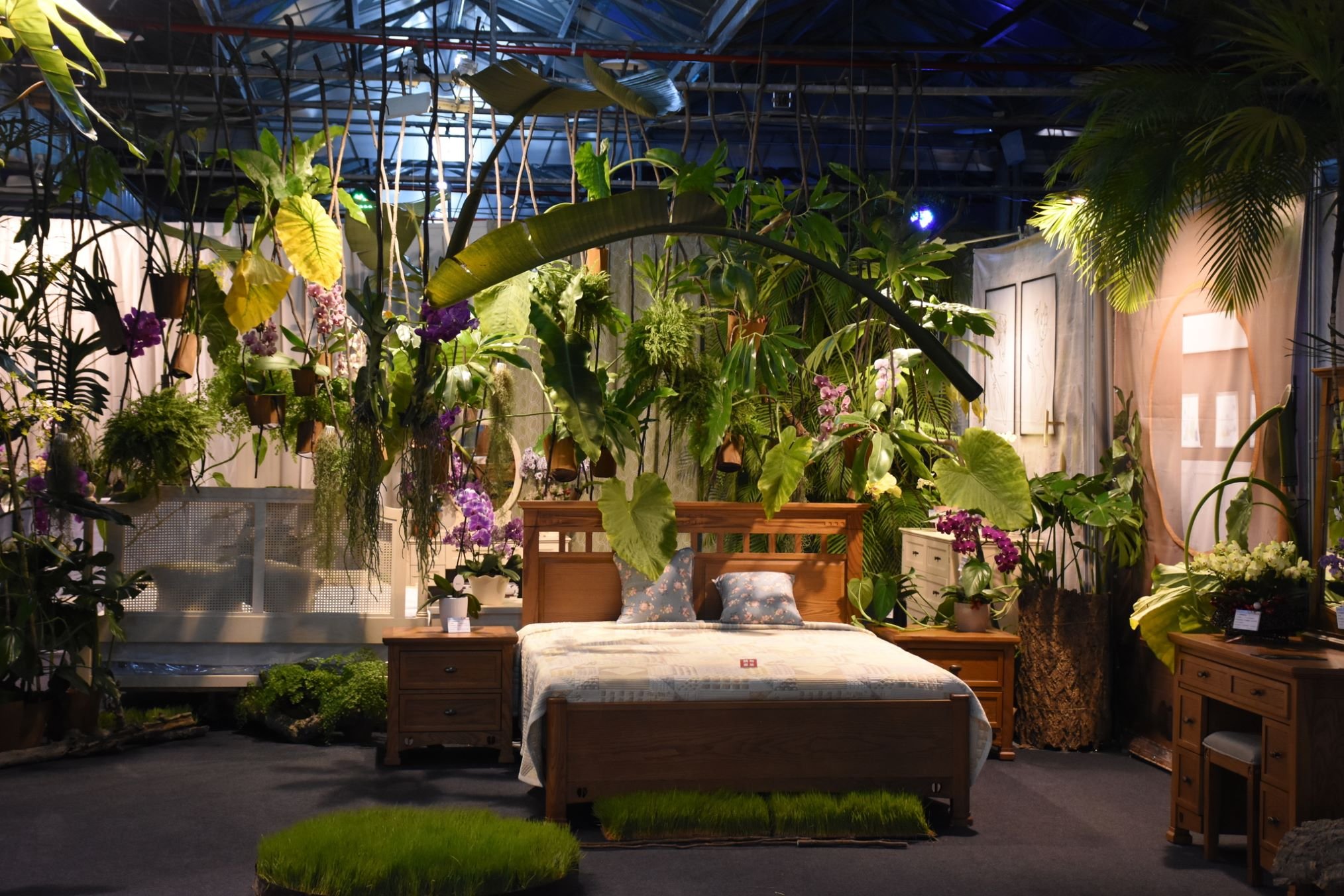
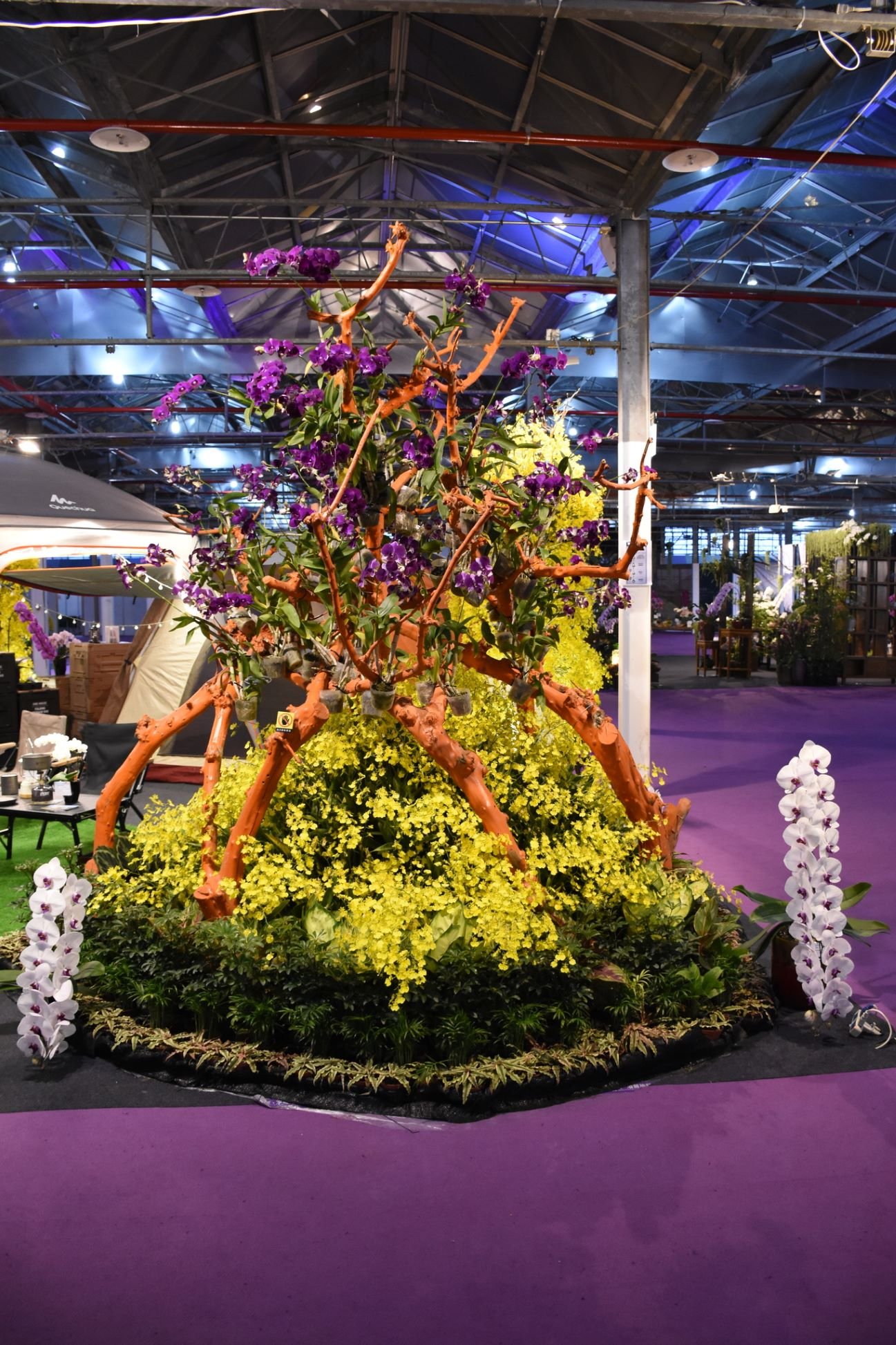


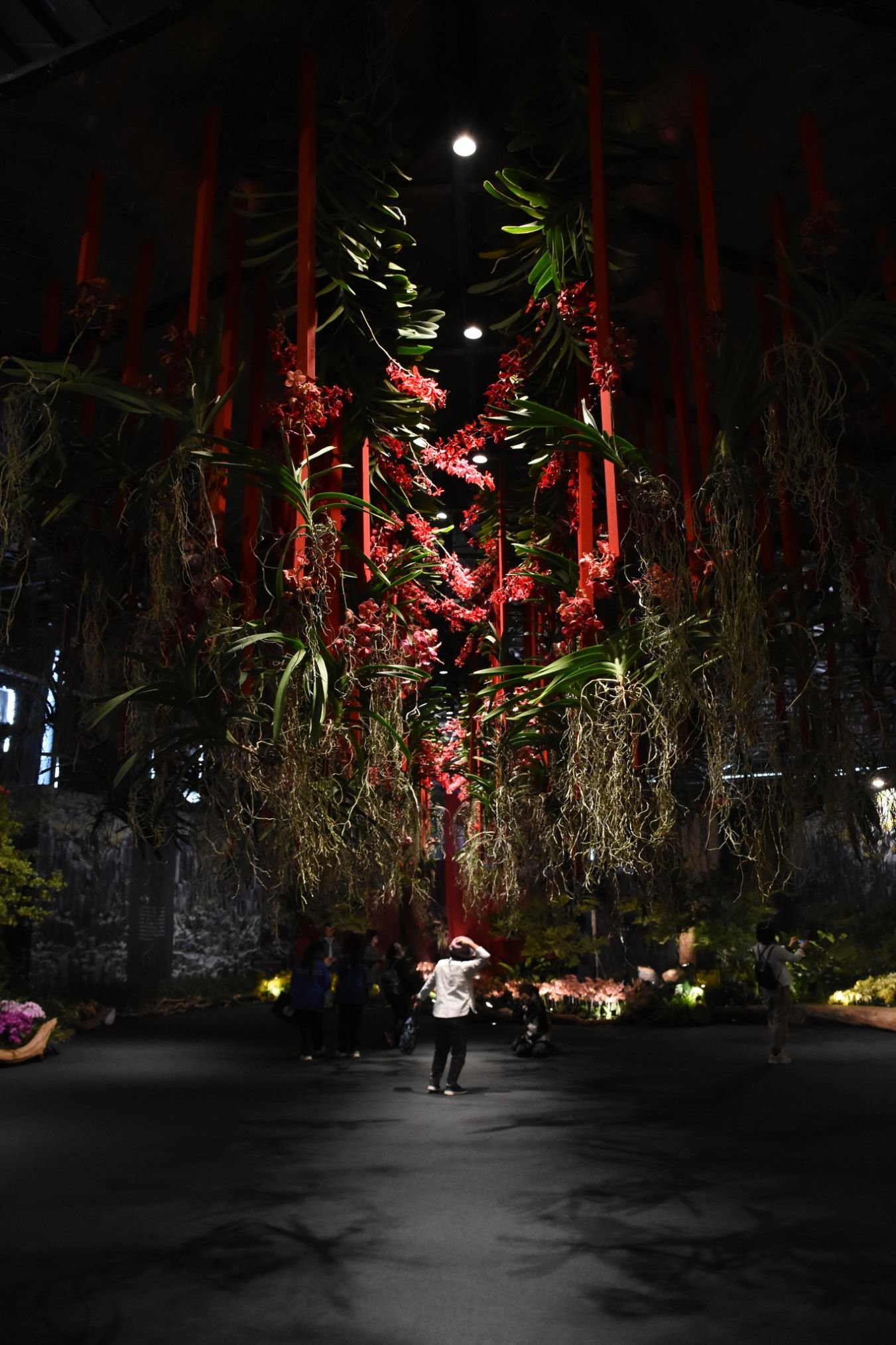

To see videos of my World Orchid Conference adventure, head over to YouTube:
Orchid Hunters: Ten Shen Gardens
Orchid Hunters: Chun Fu Orchid Farm
23rd World Orchid Conference Exhibits
Orchid Hunters: Vendors at WOC23
Taiwan International Orchid Show
Native Orchid Exhibit at the World Orchid Conference
Orchids at the Dr. Cecilia Koo Botanic Conservation Center
All photos and videos courtesy of Kay Perry
